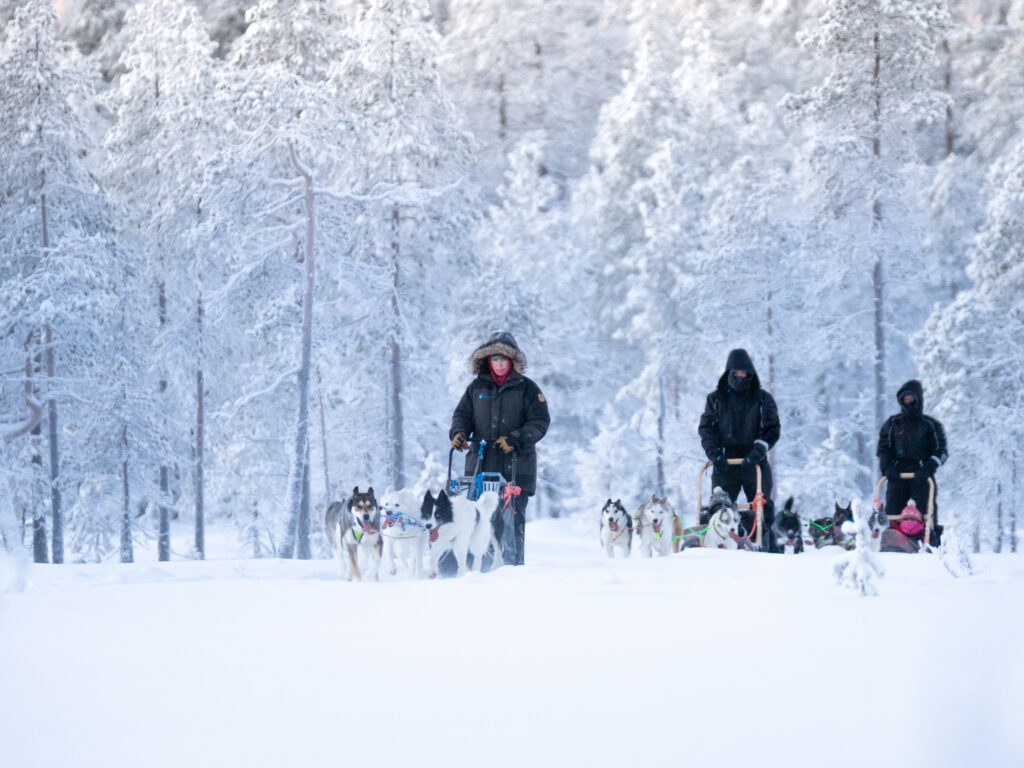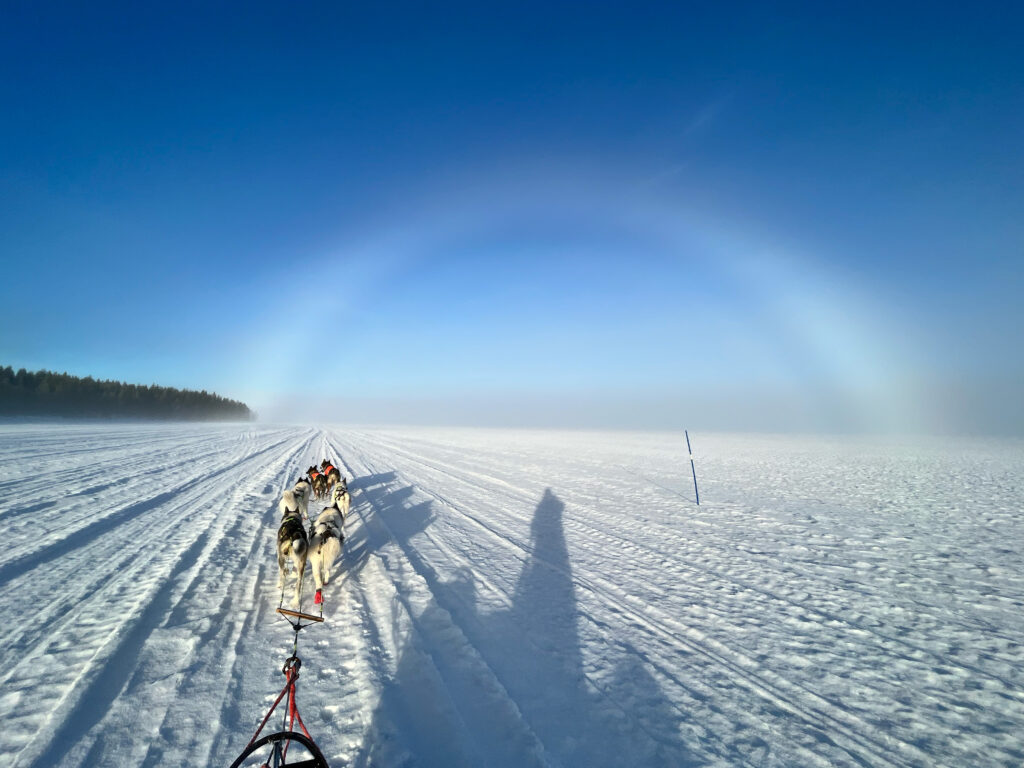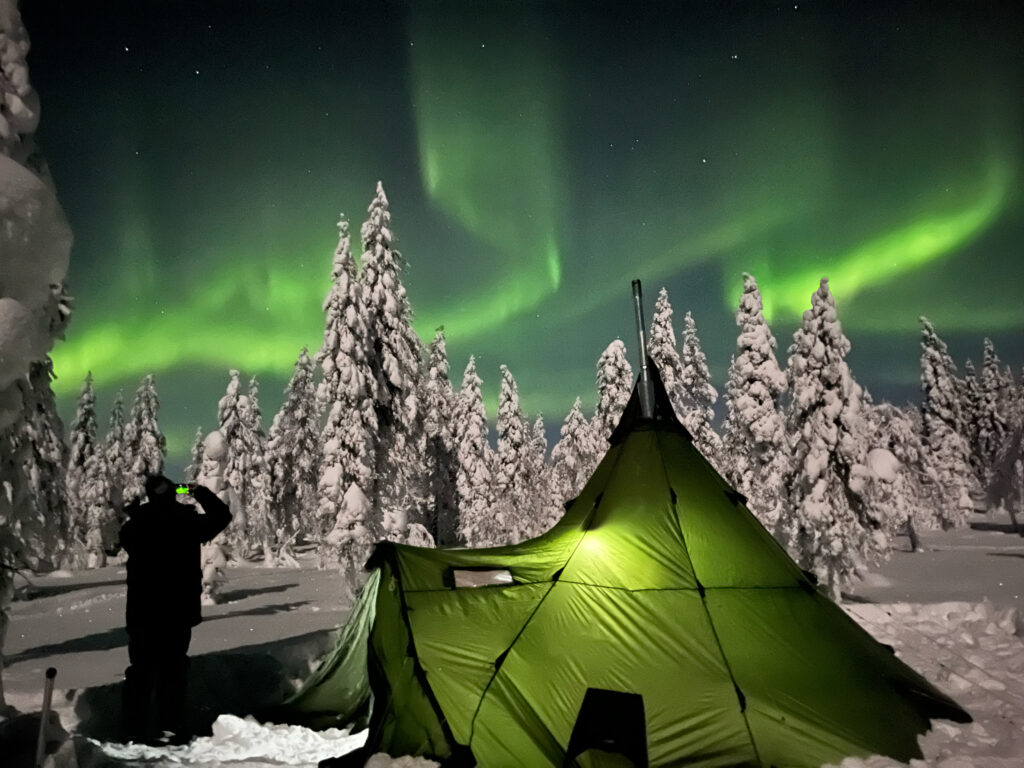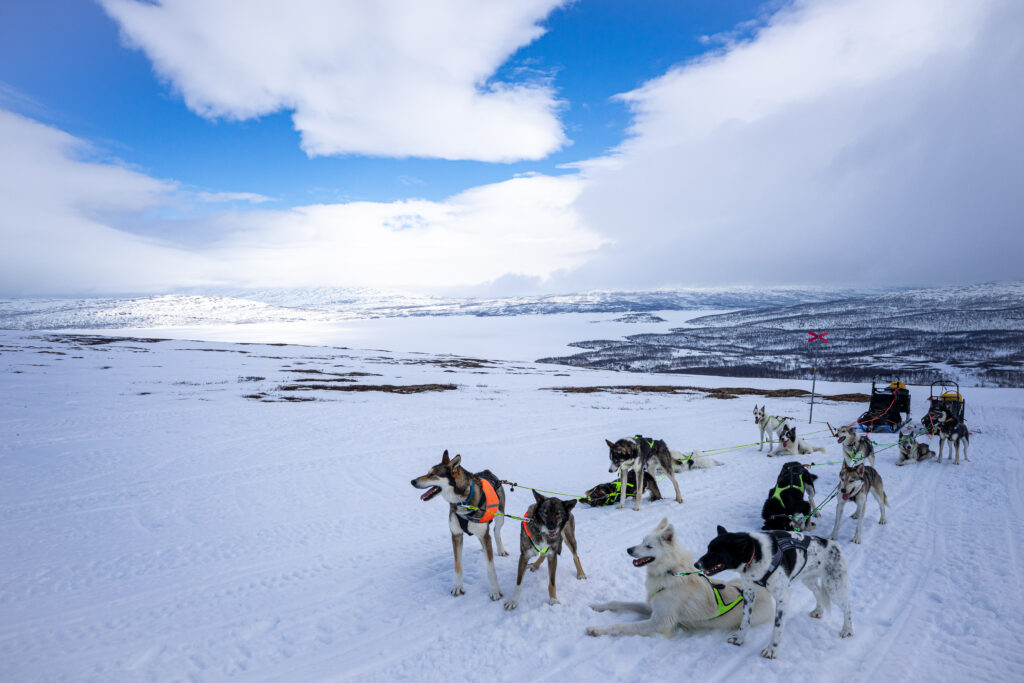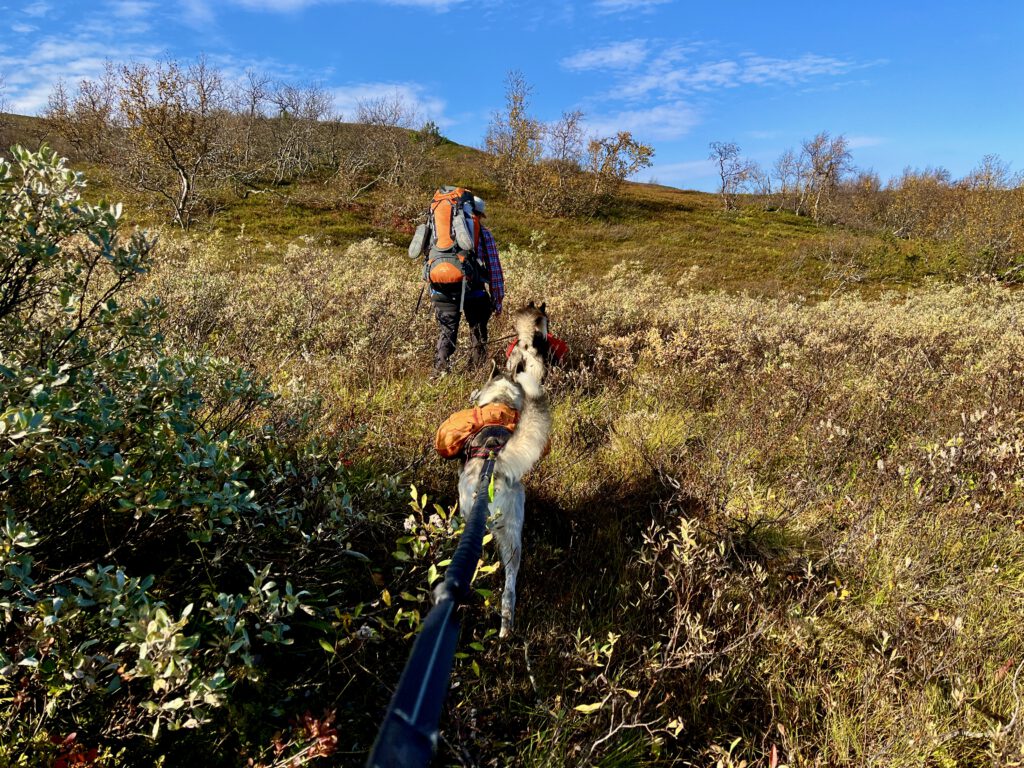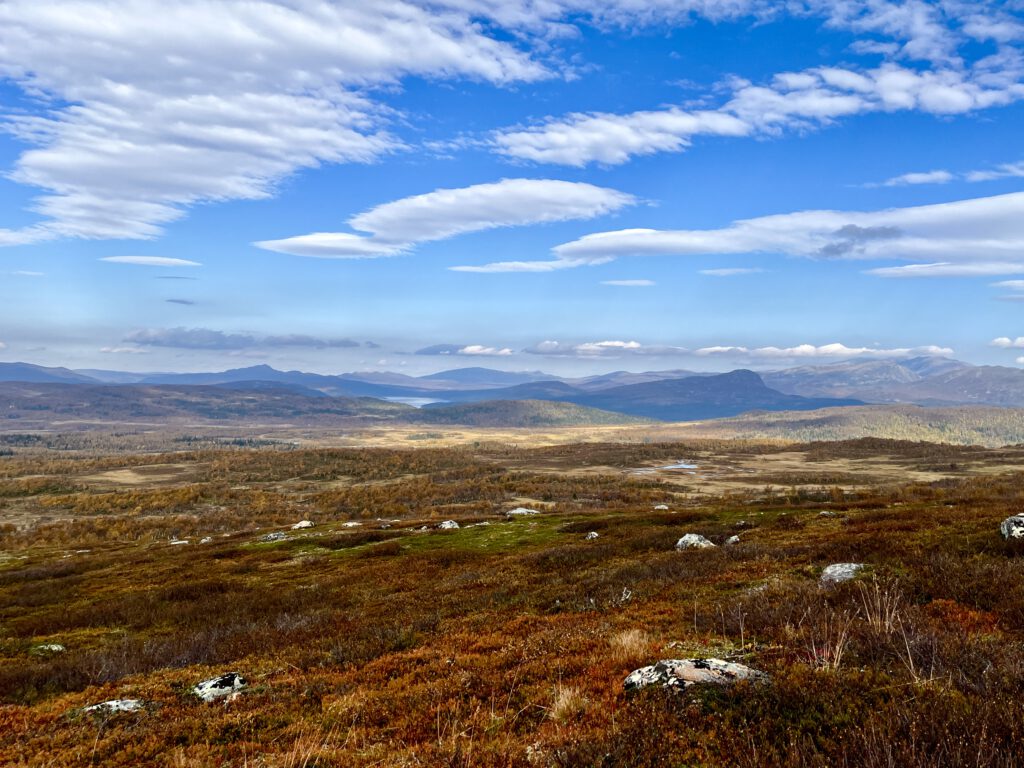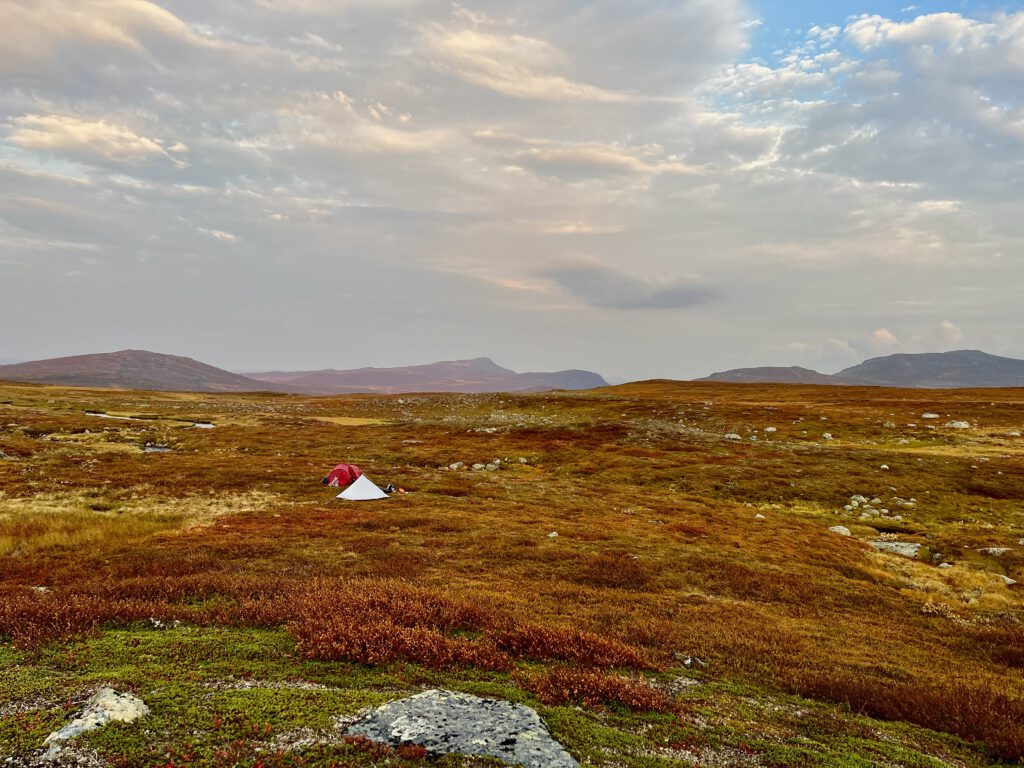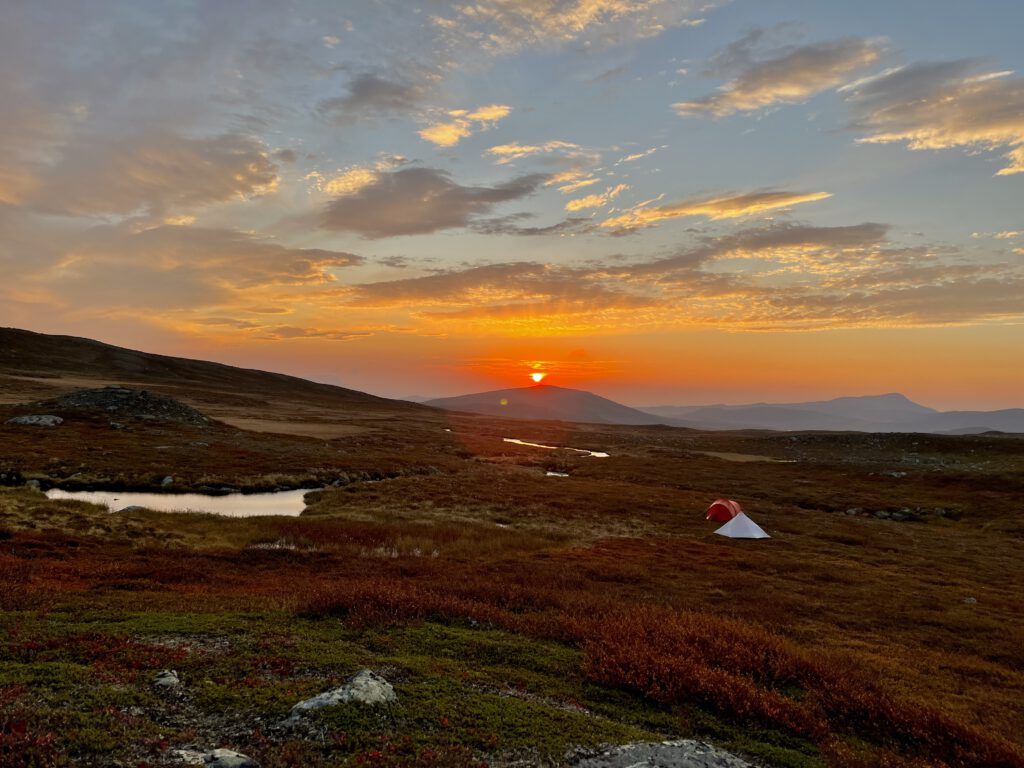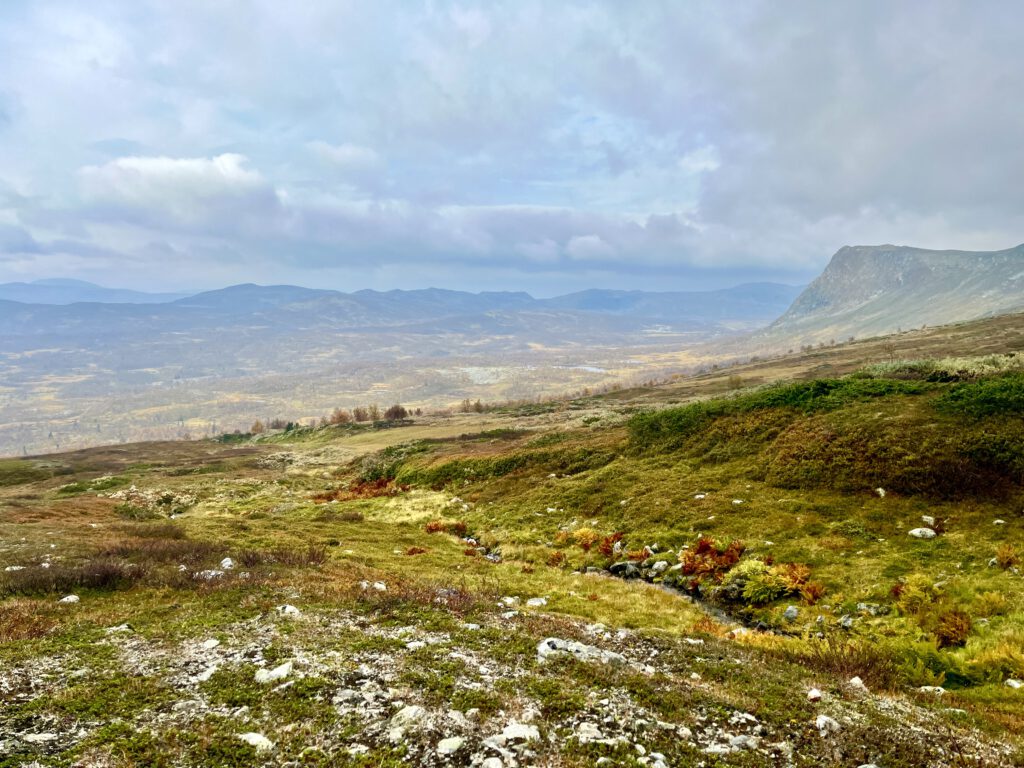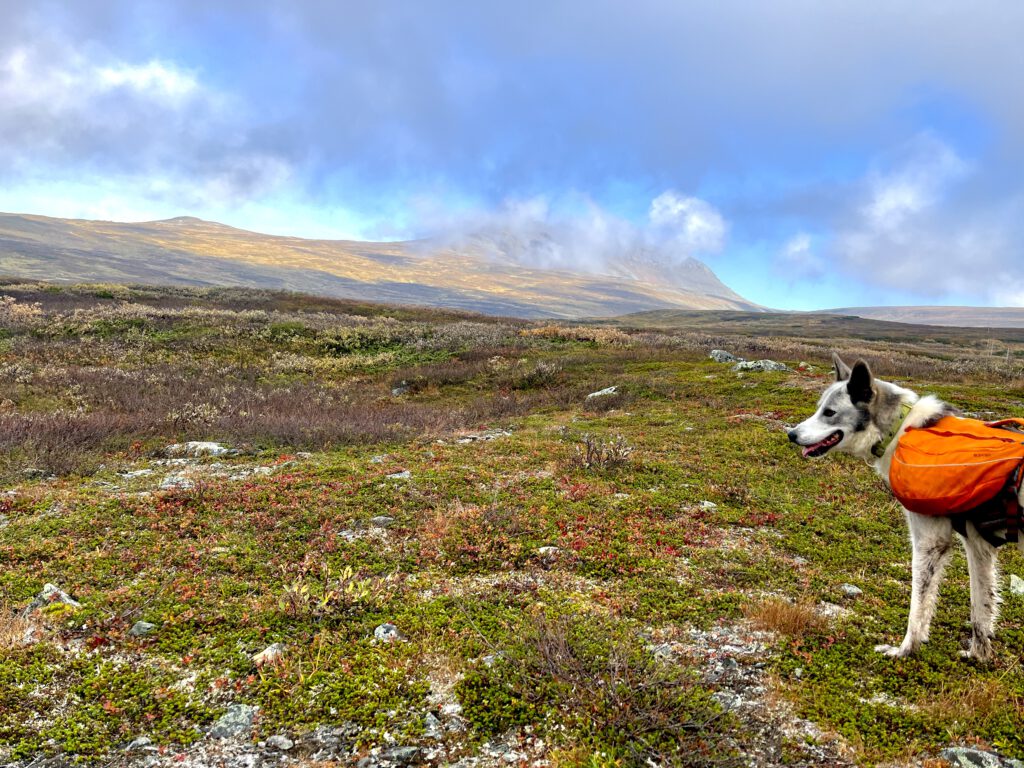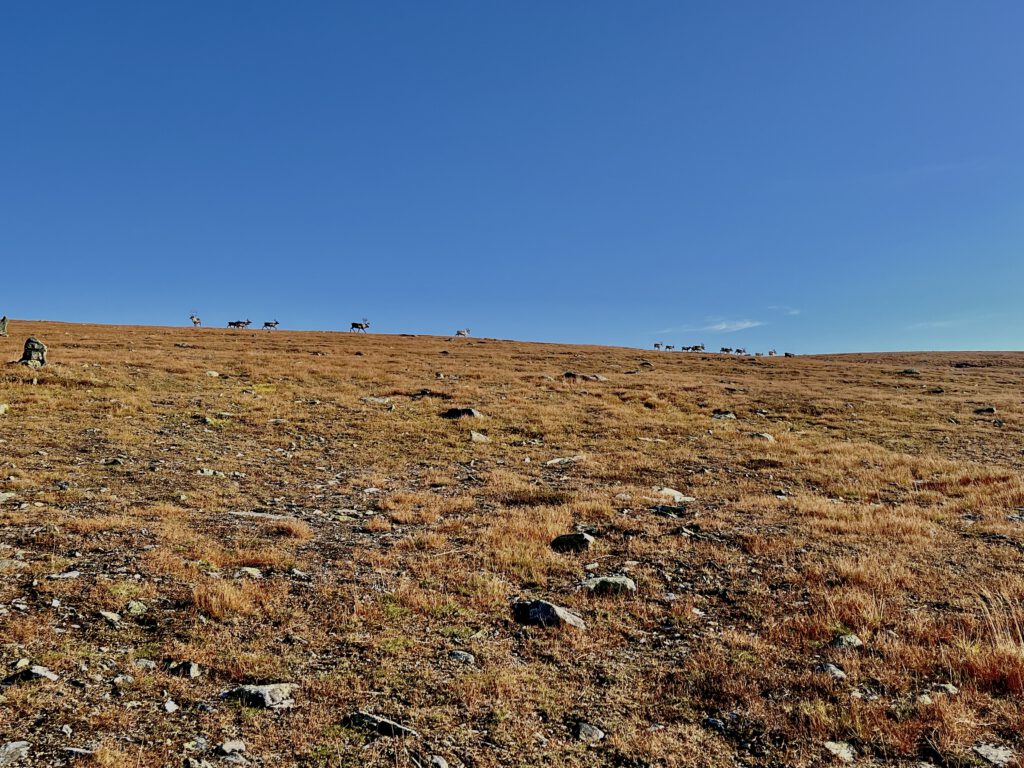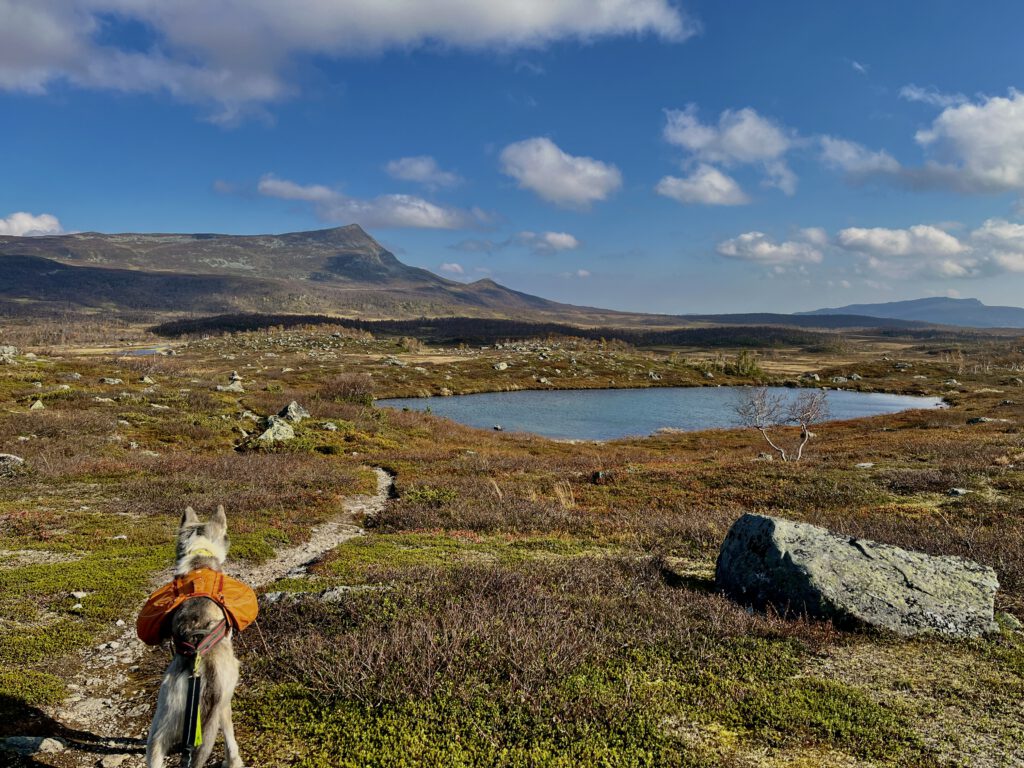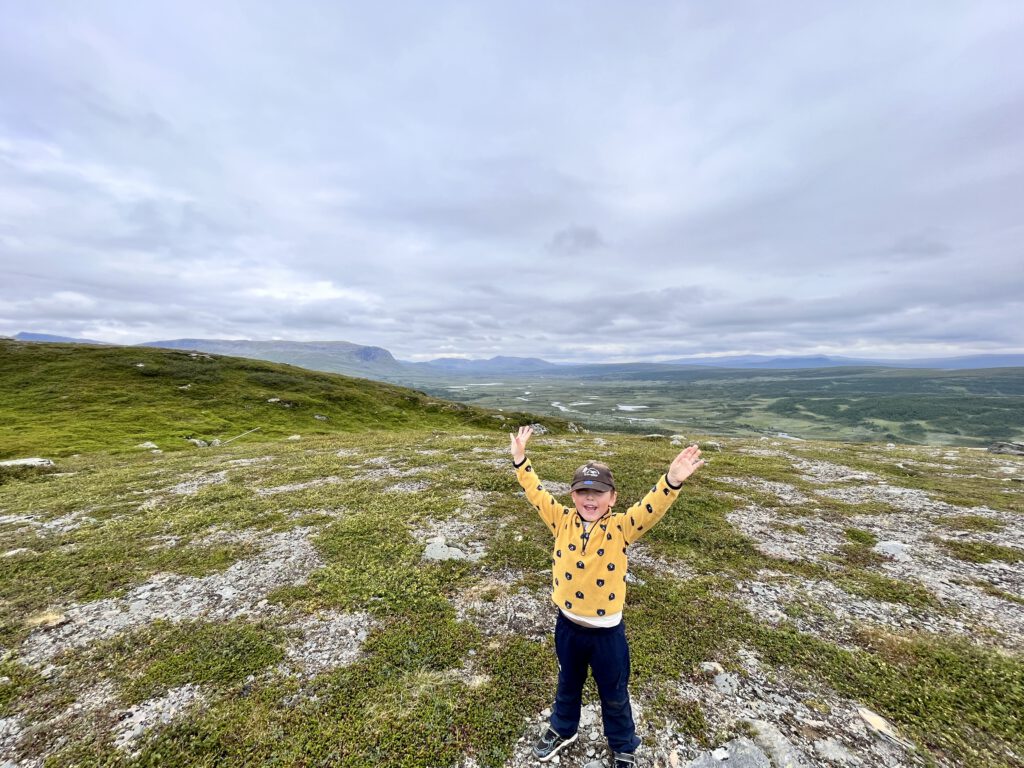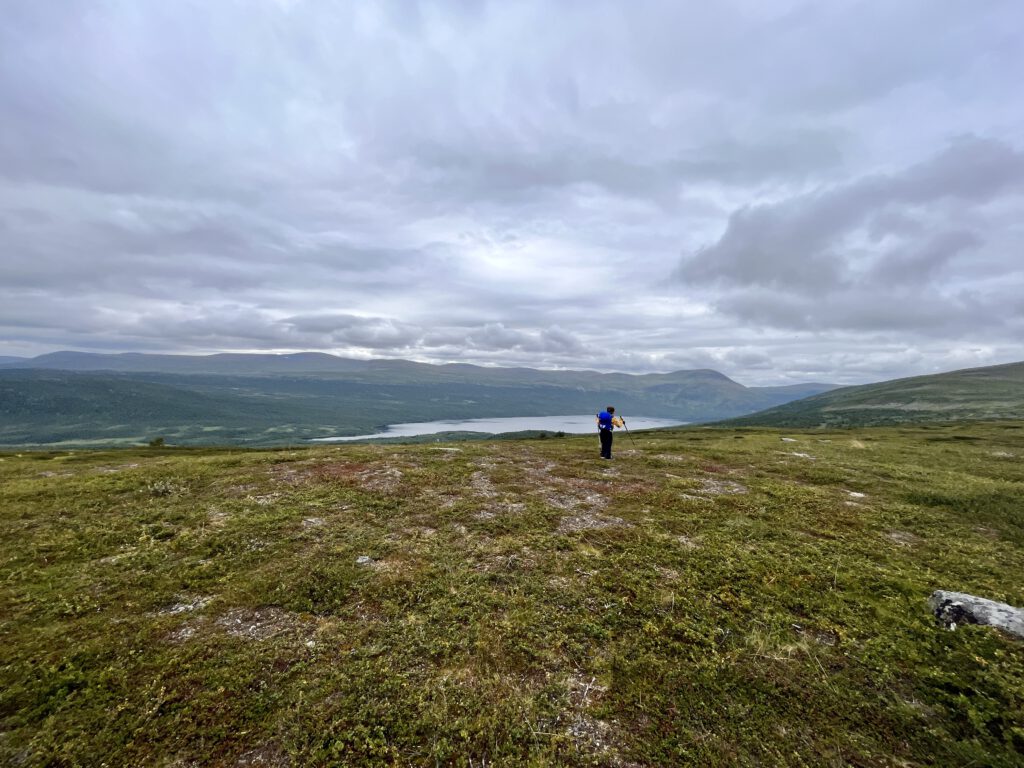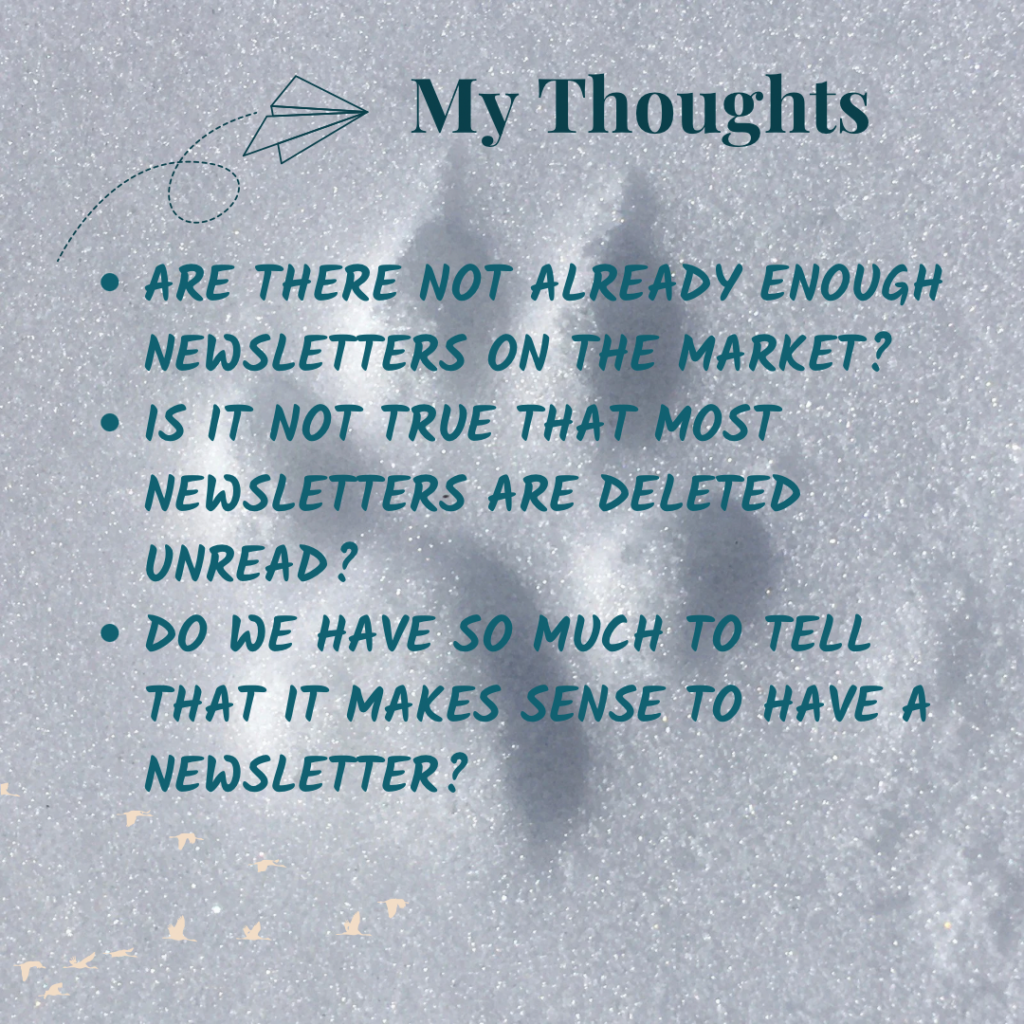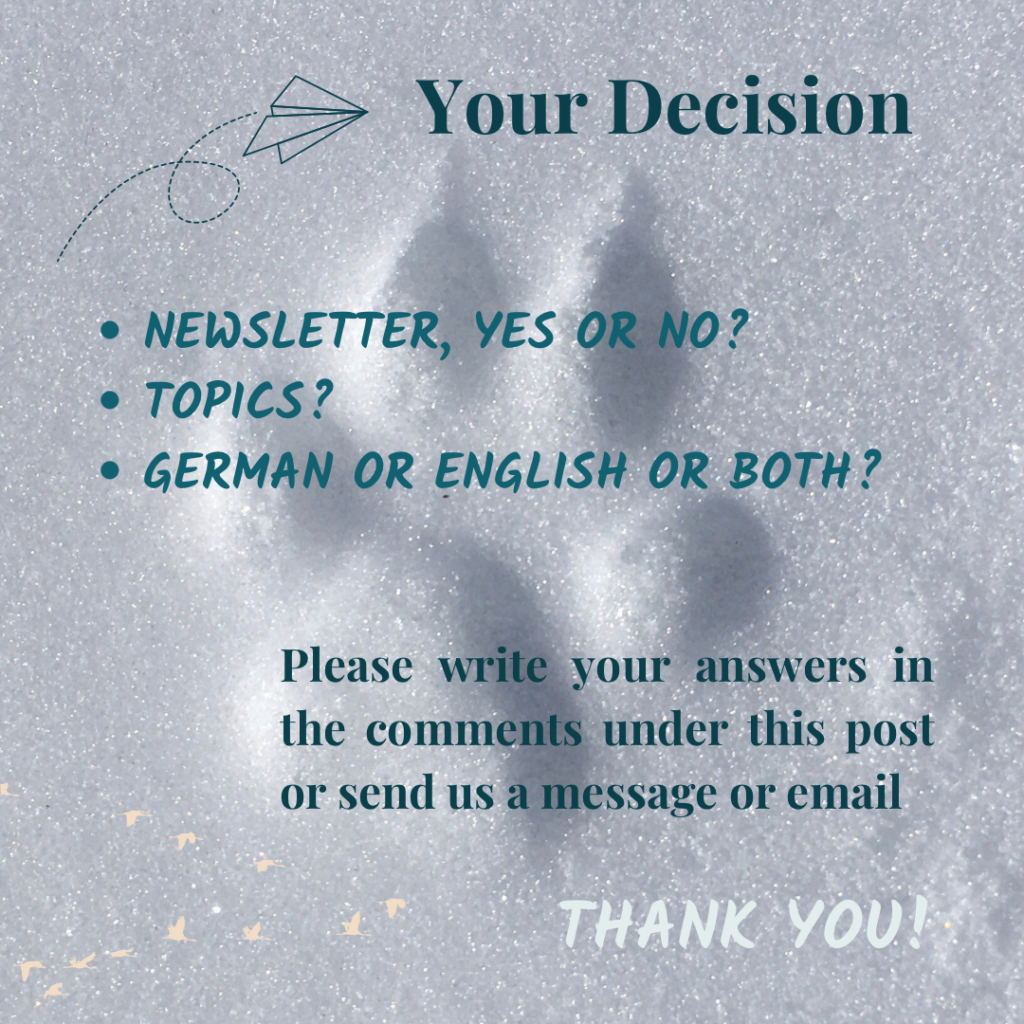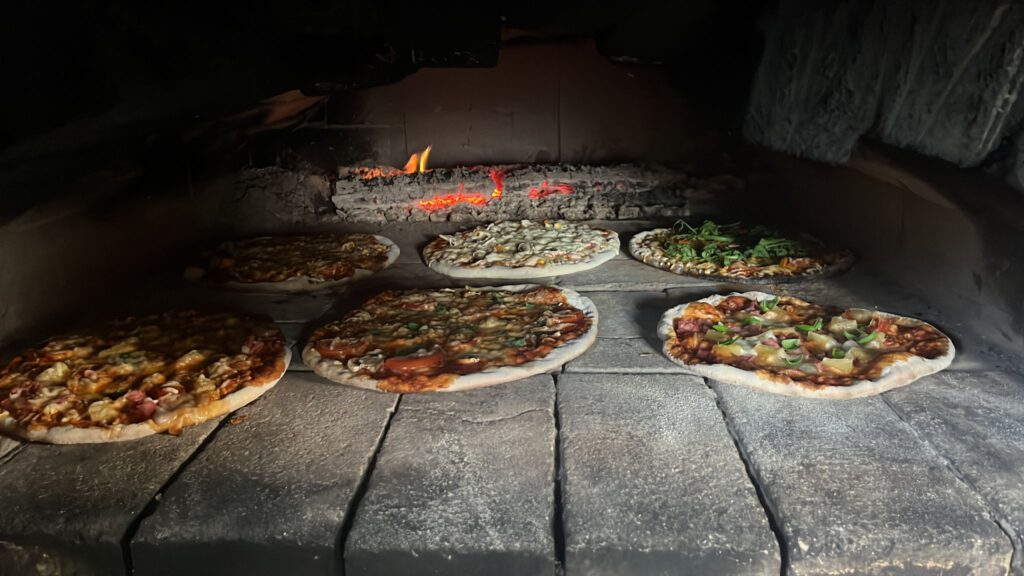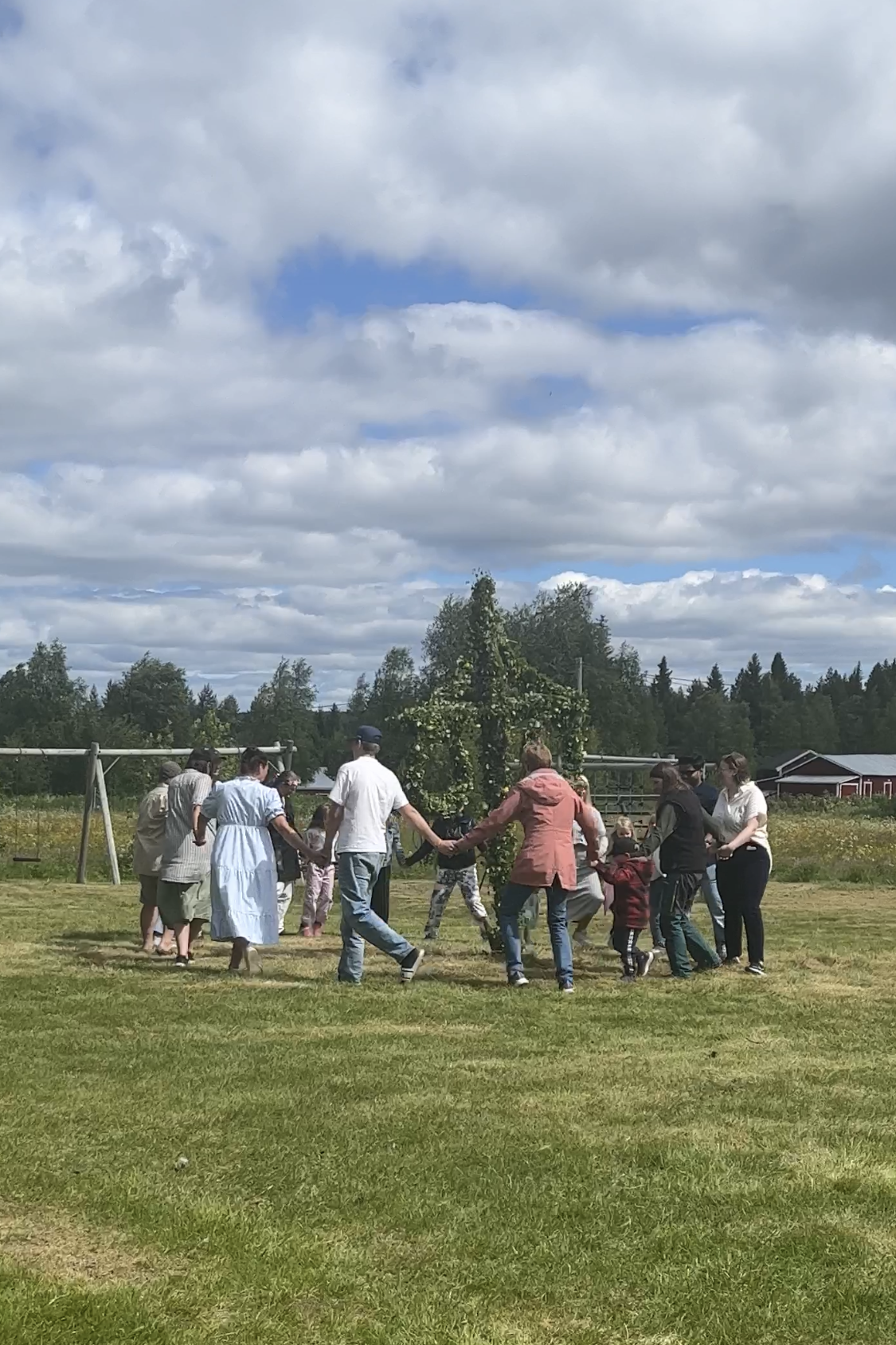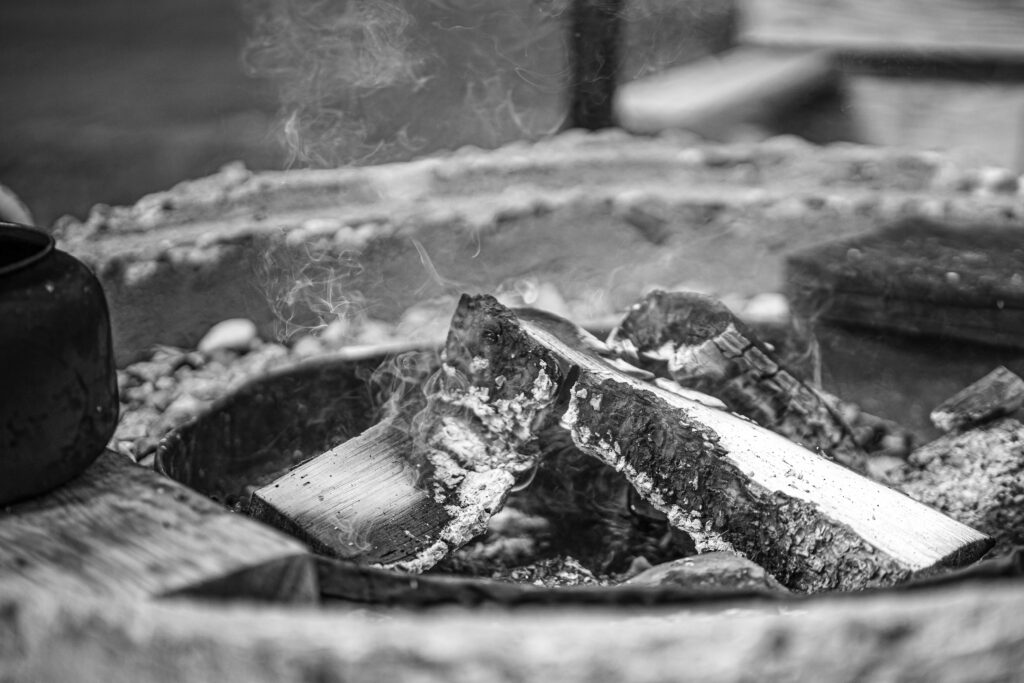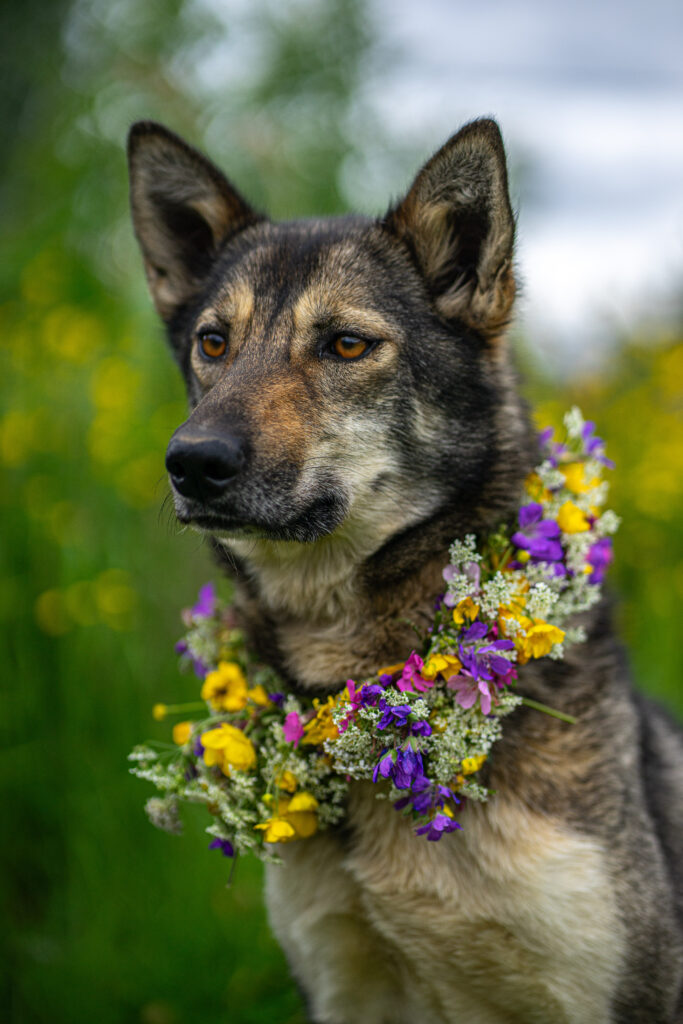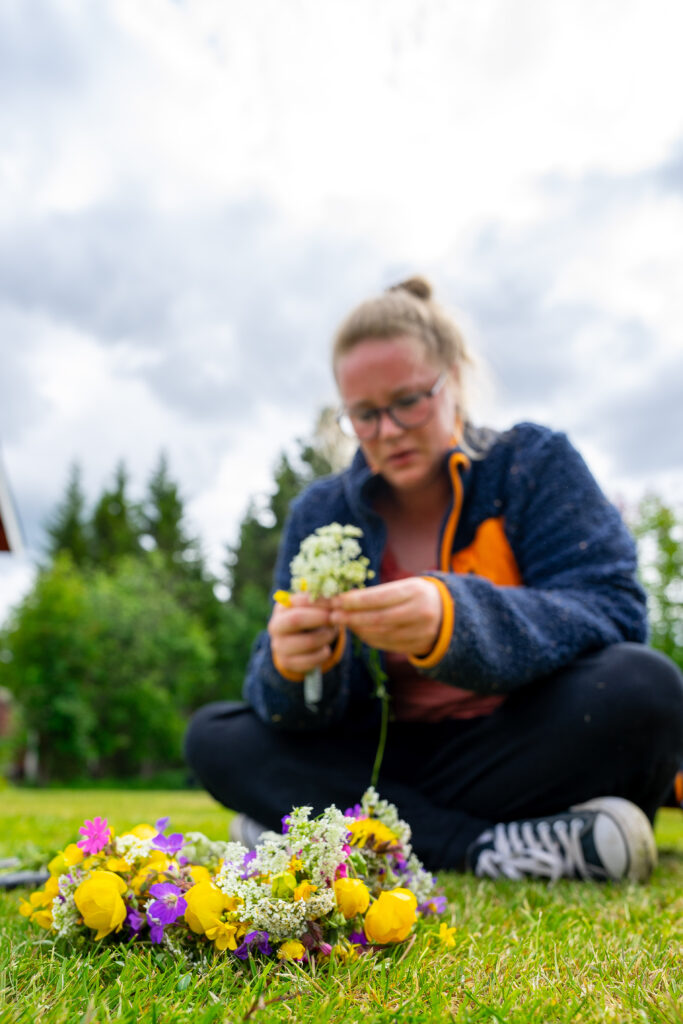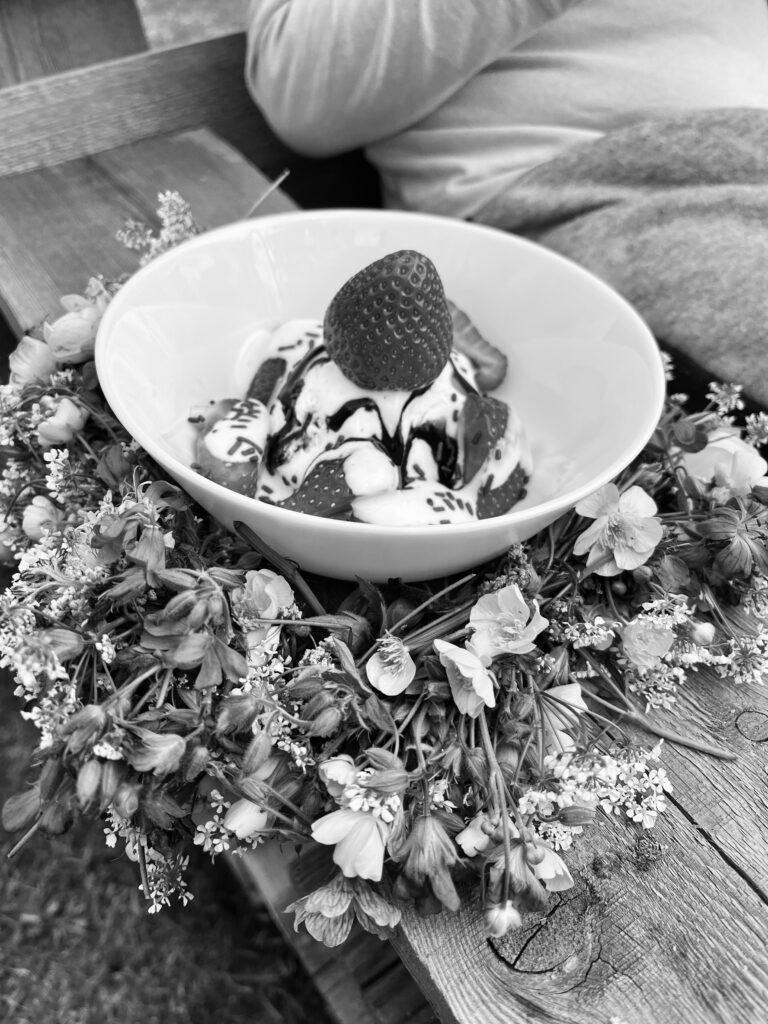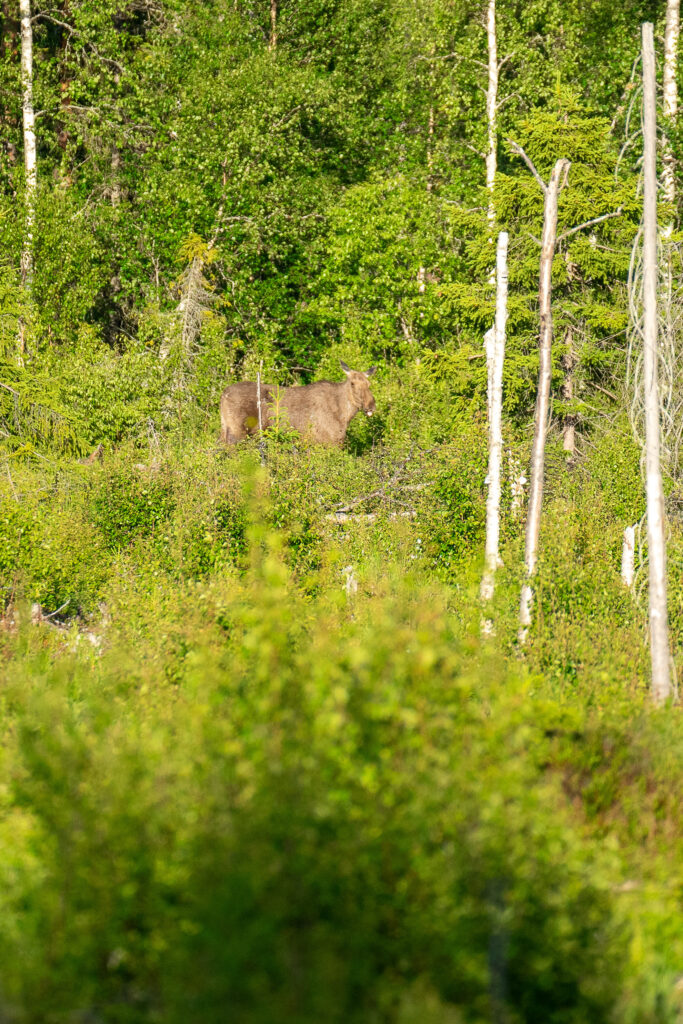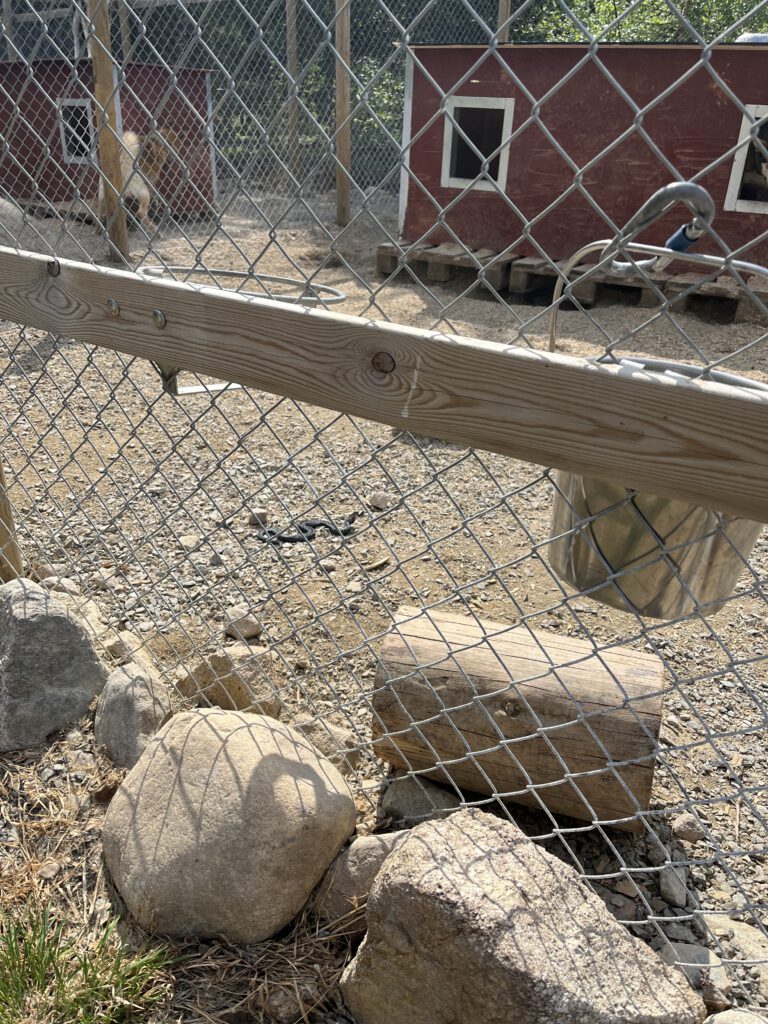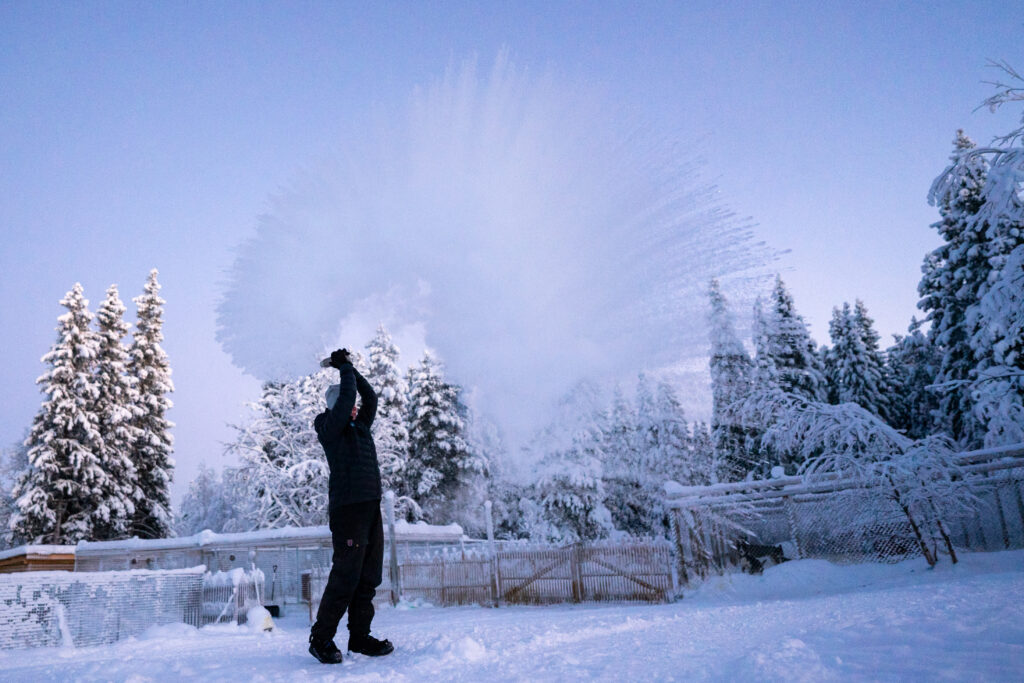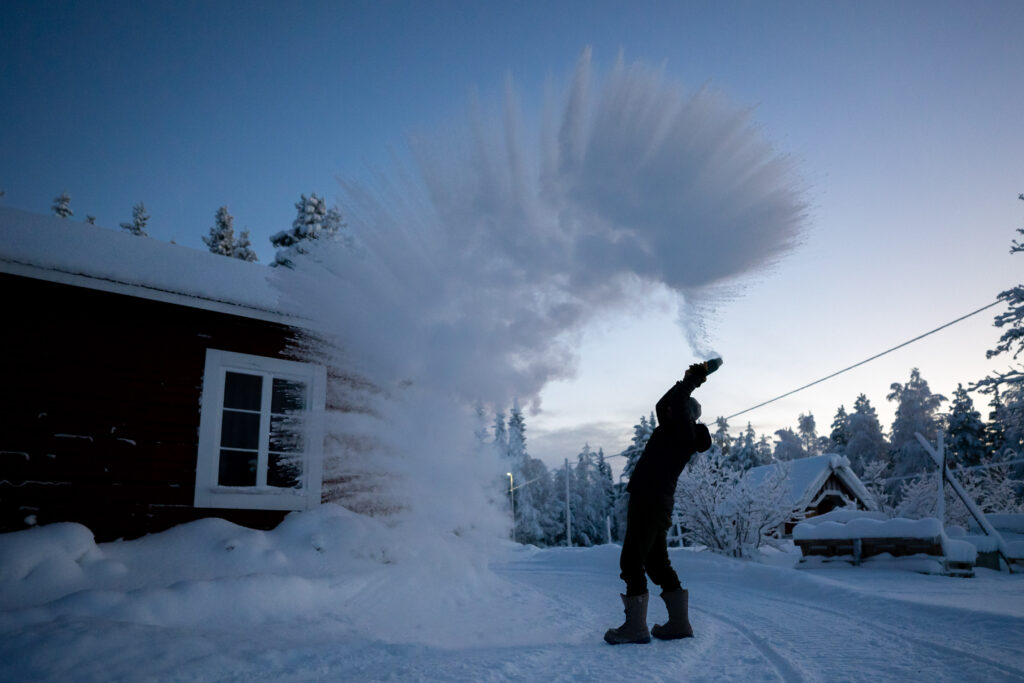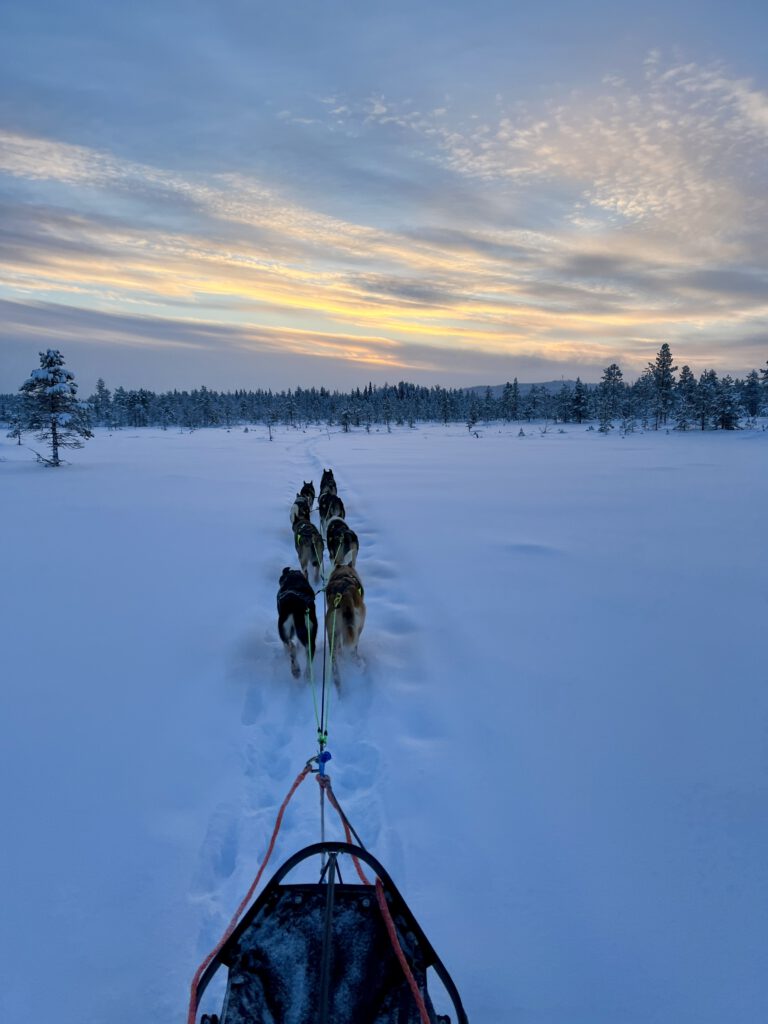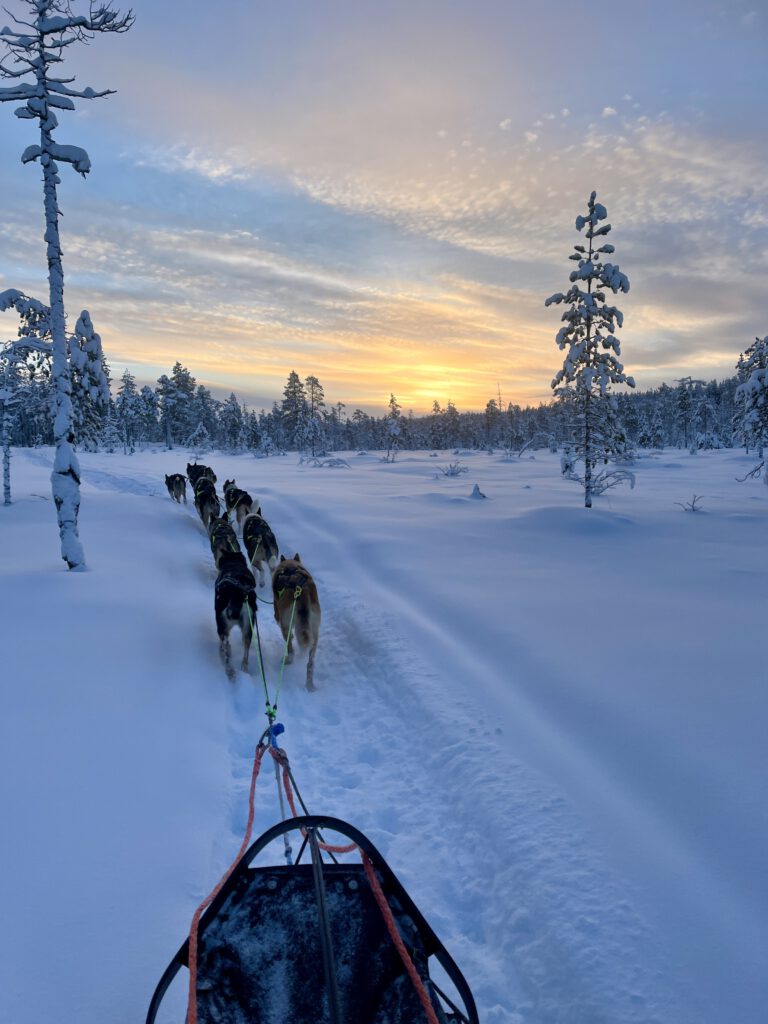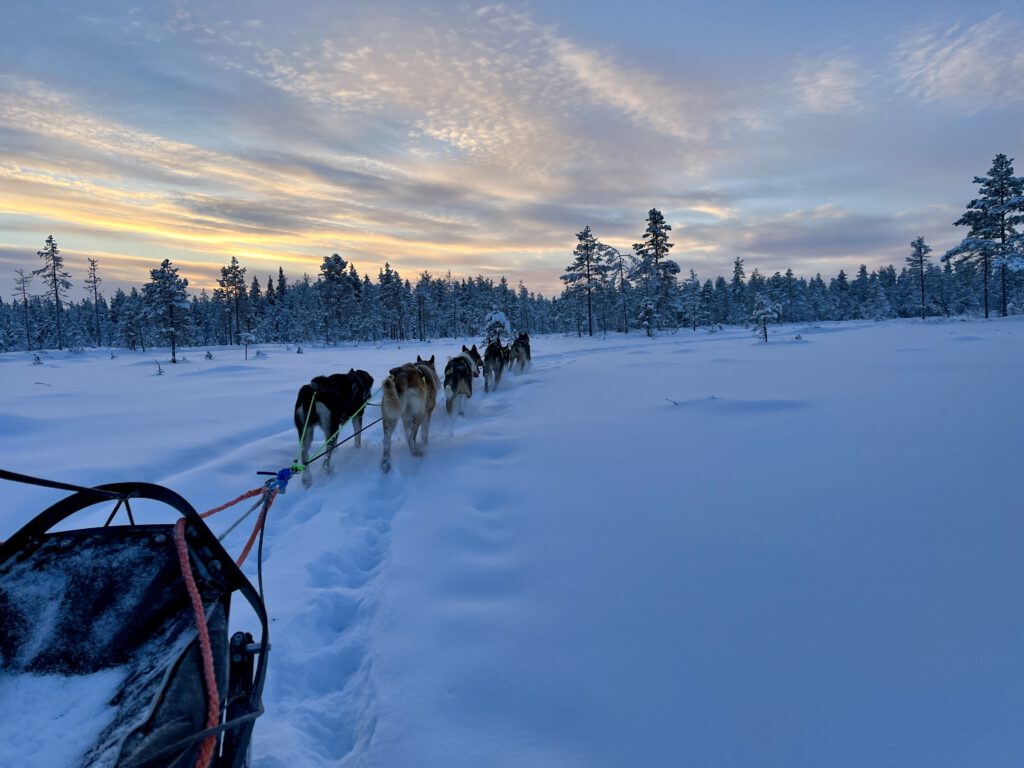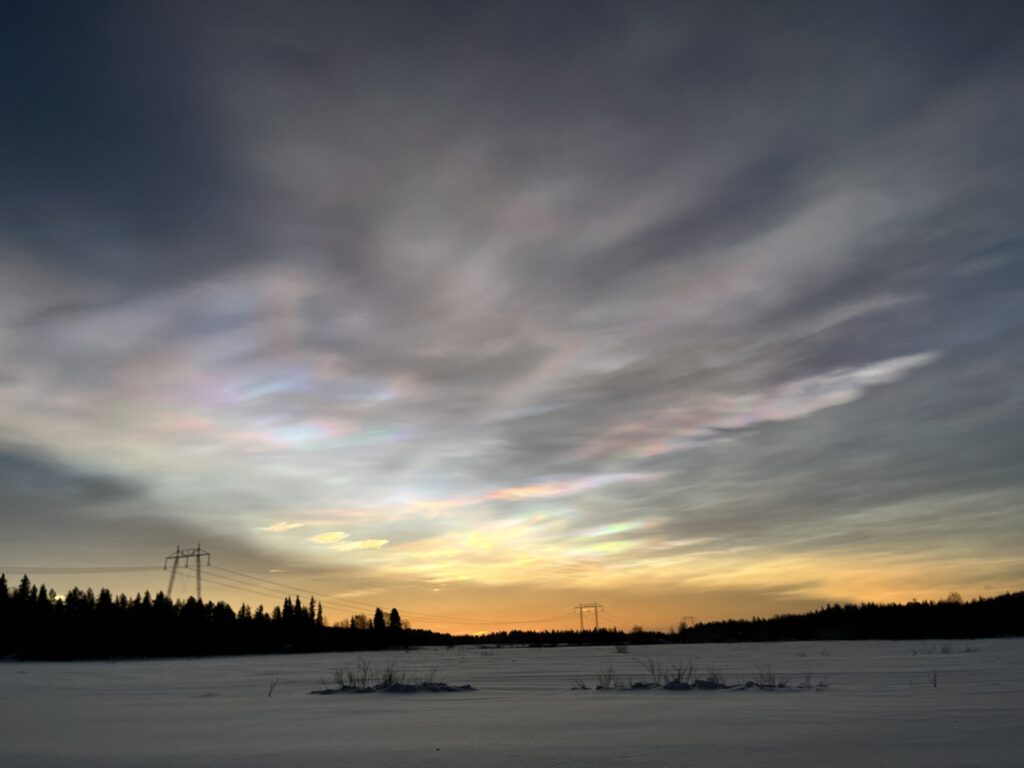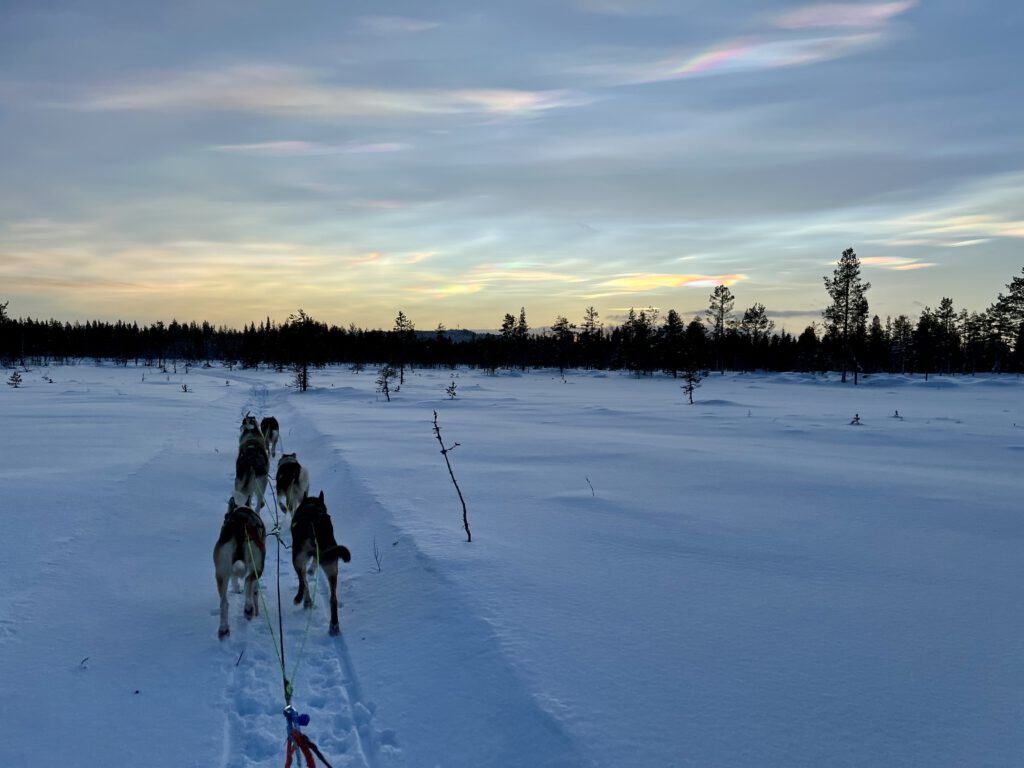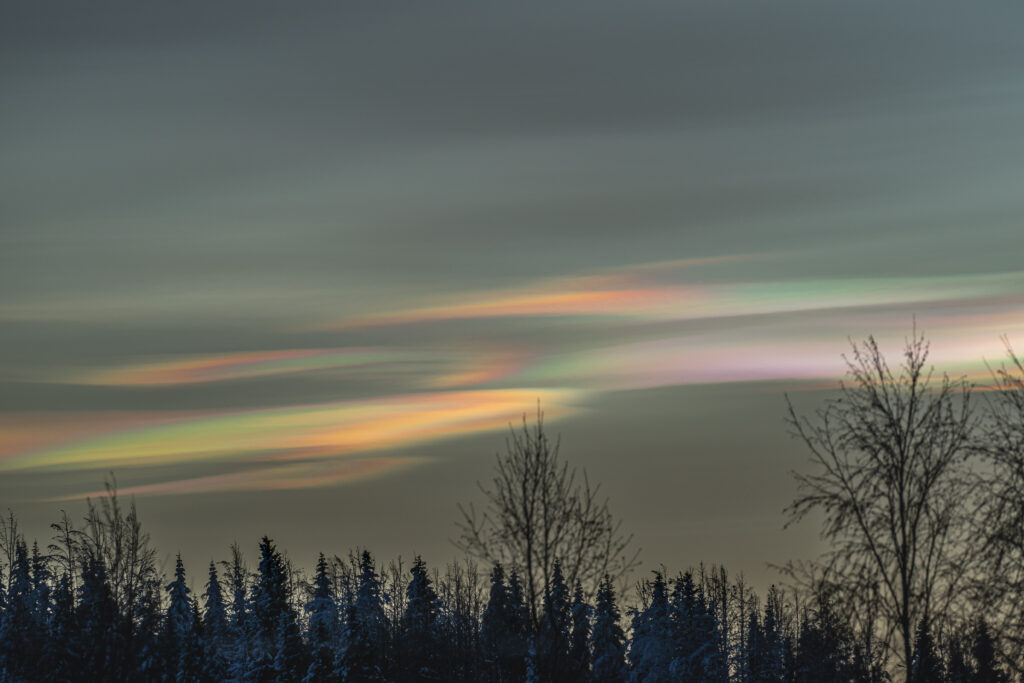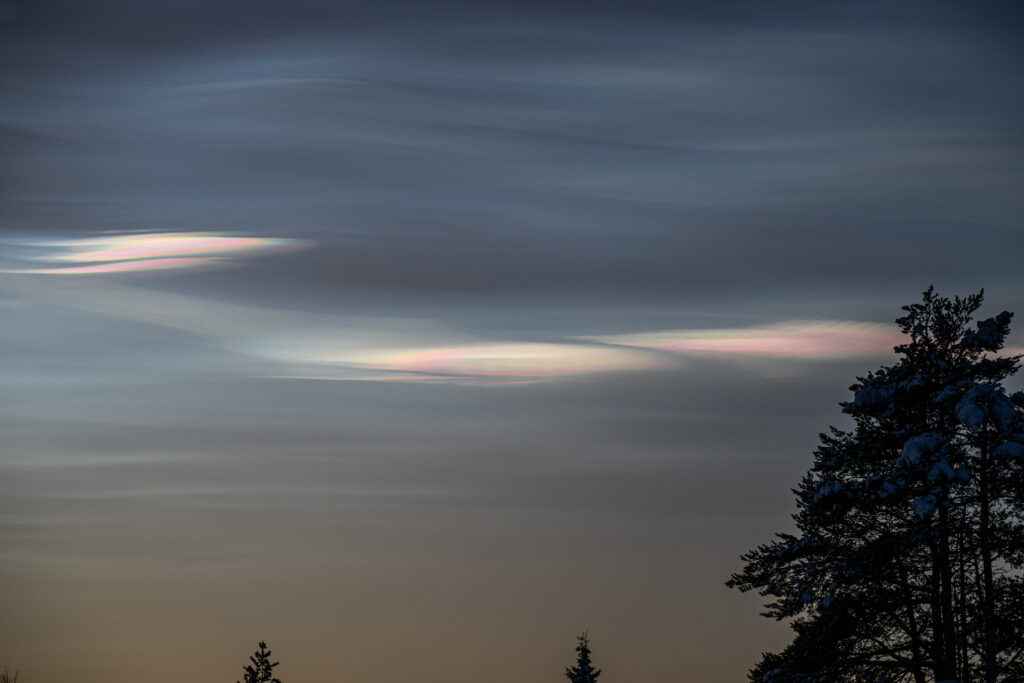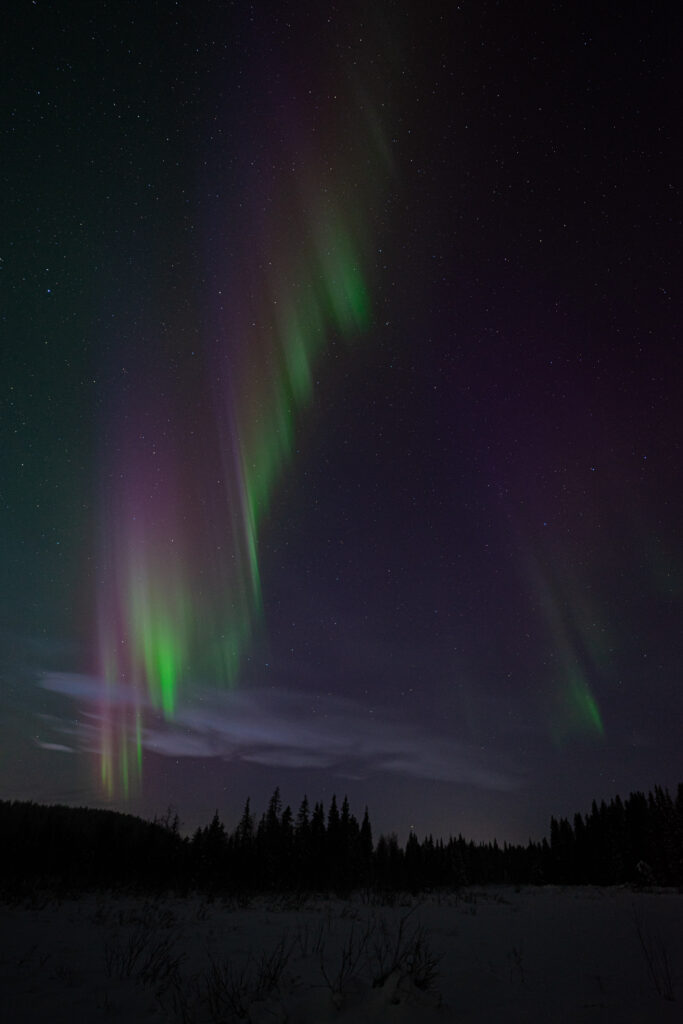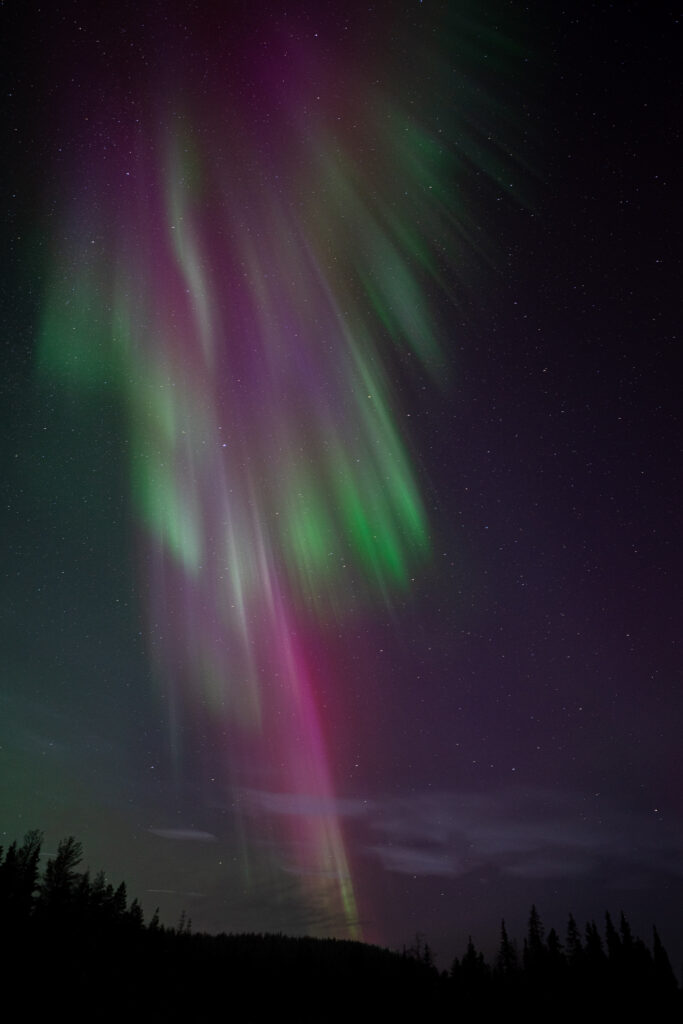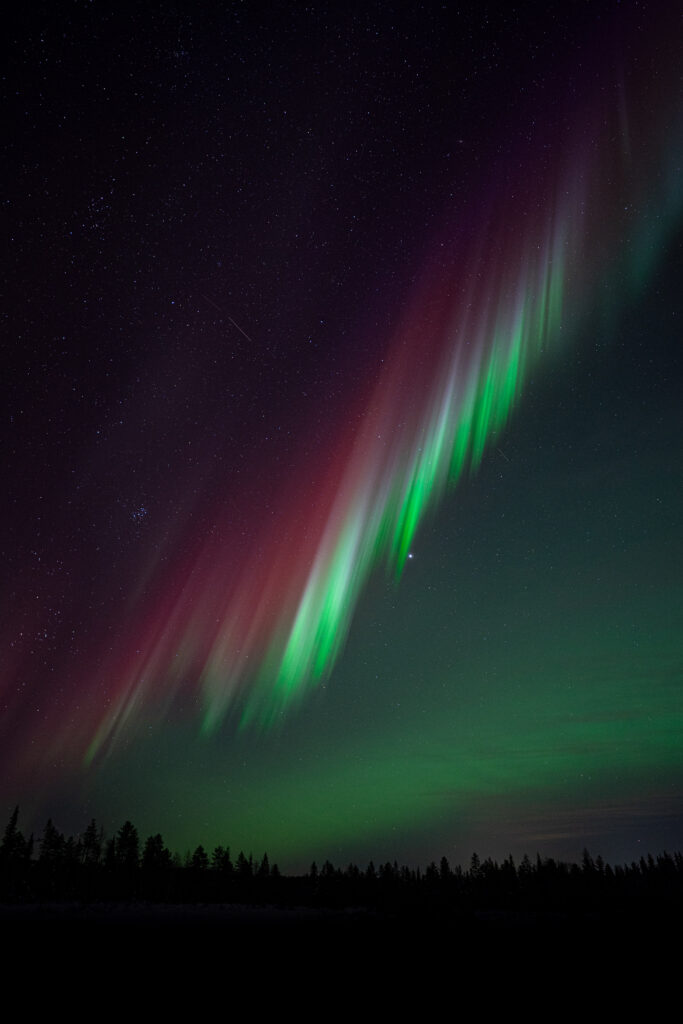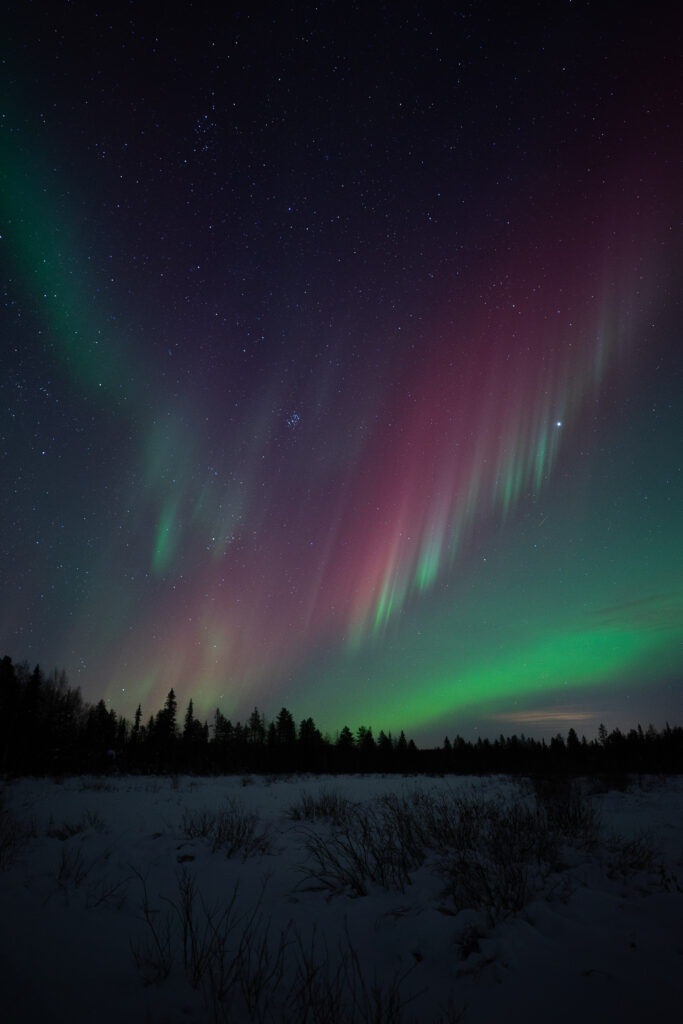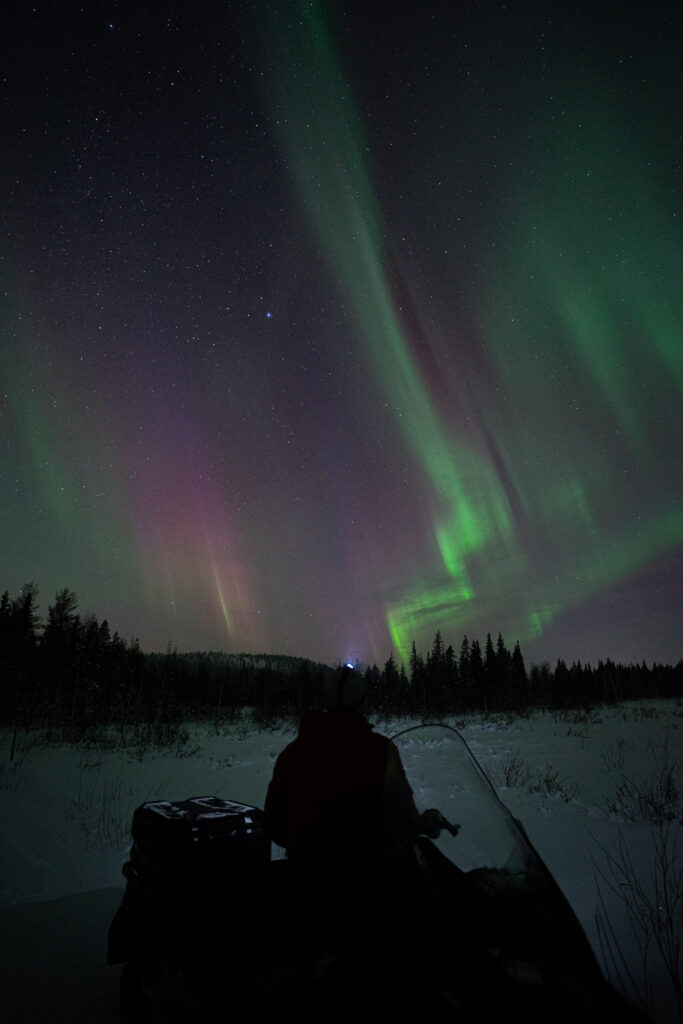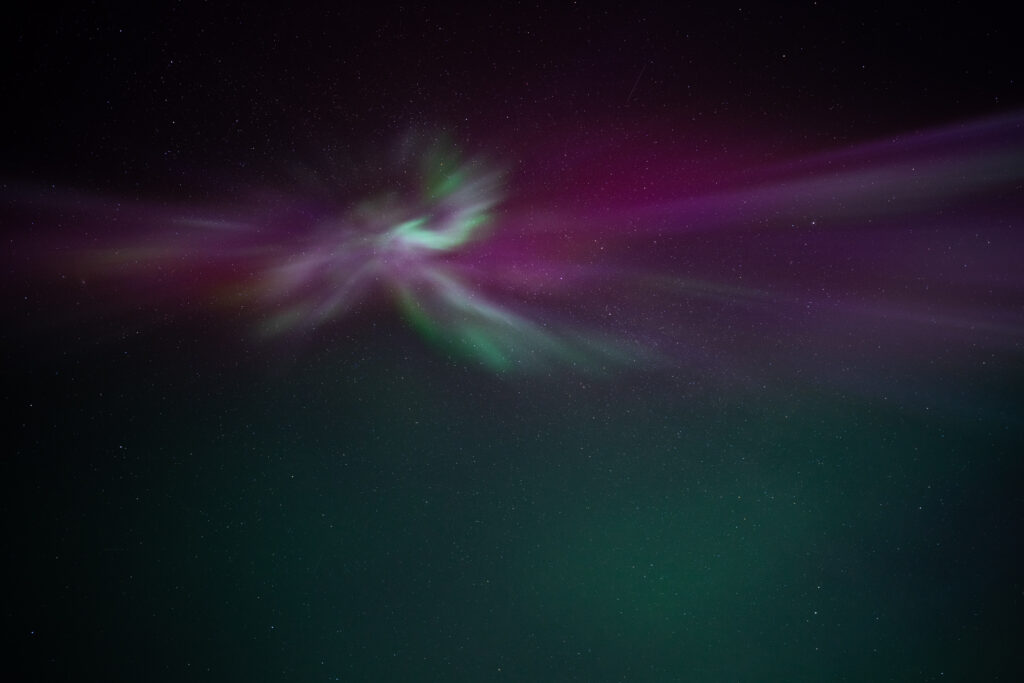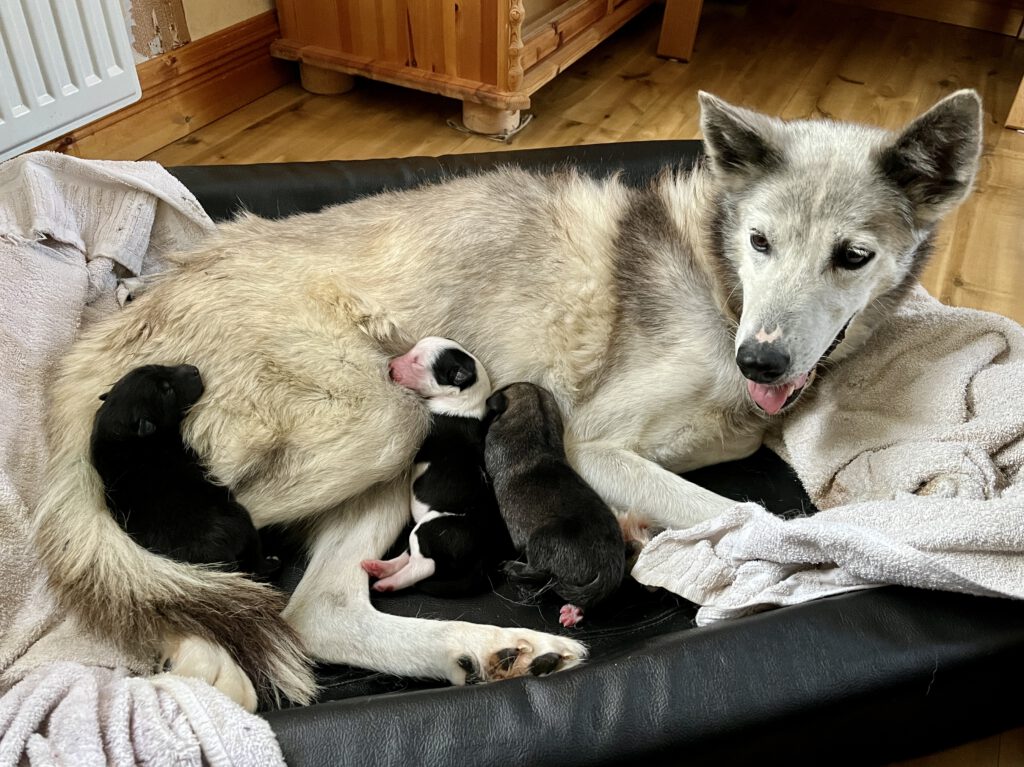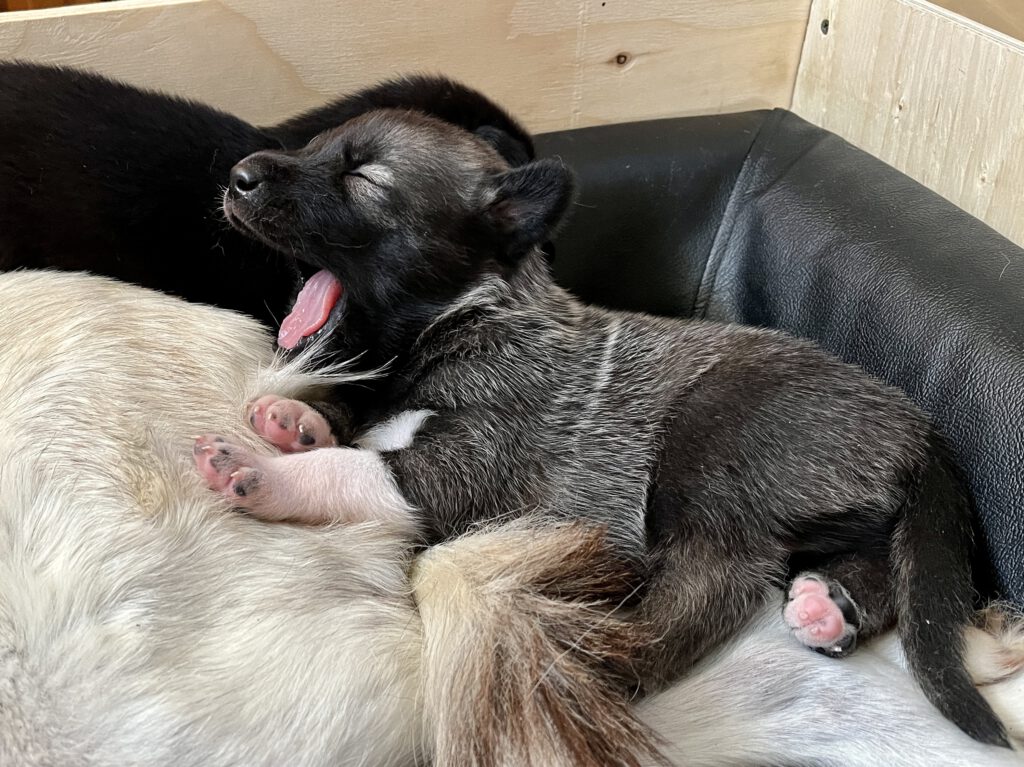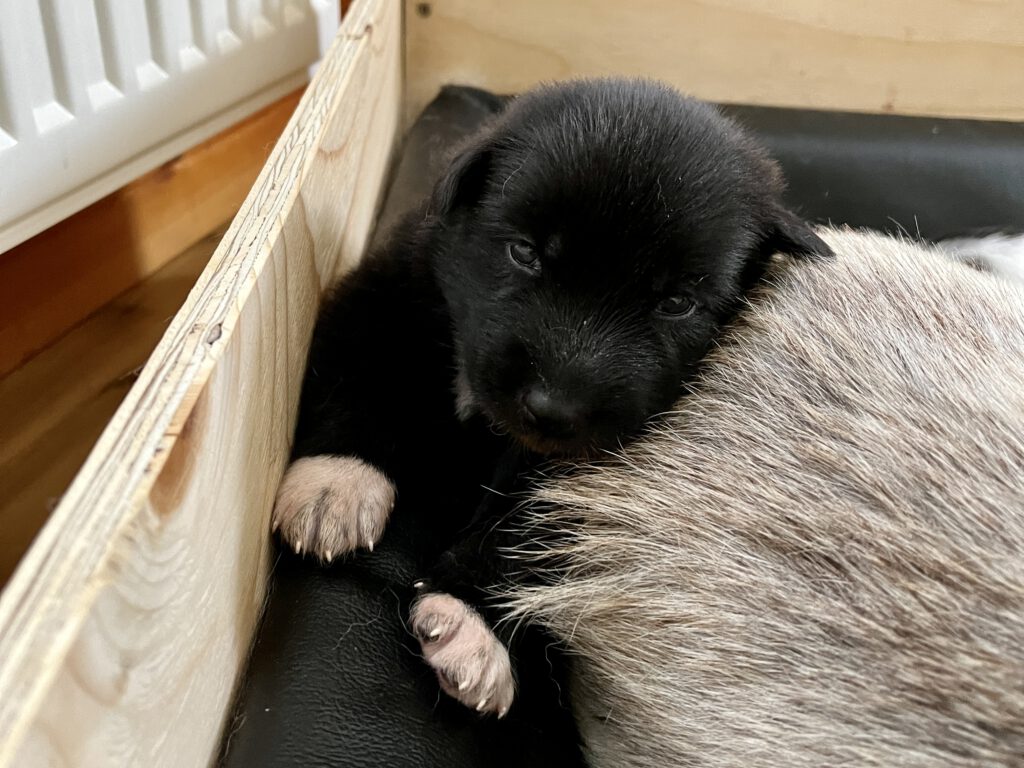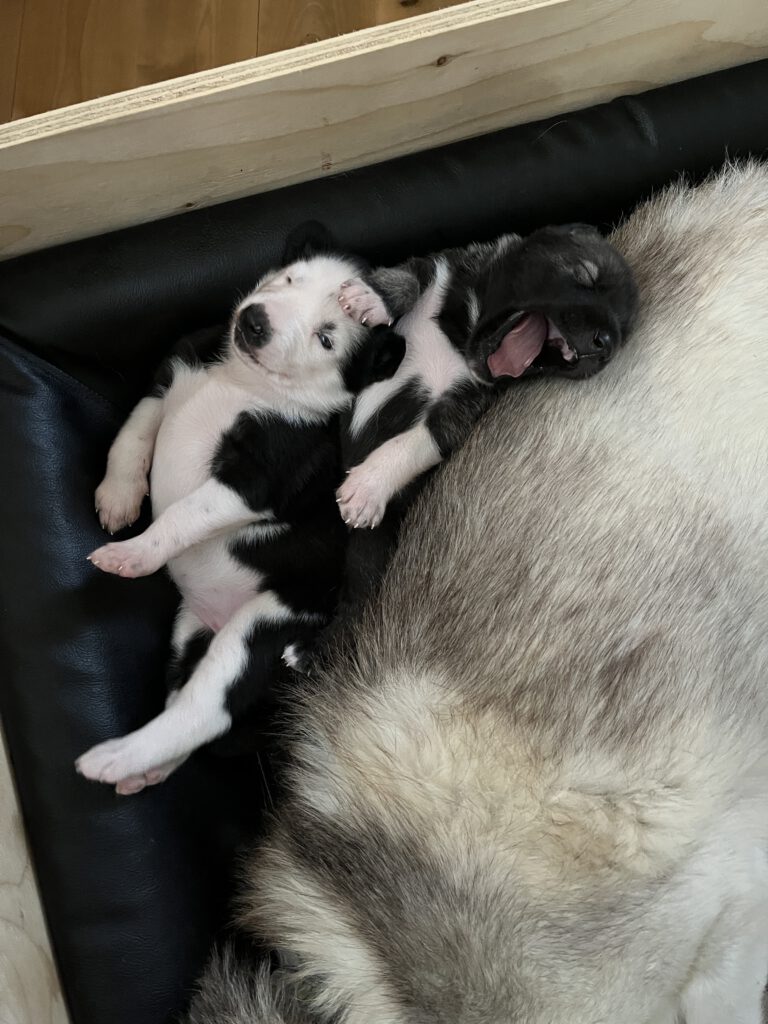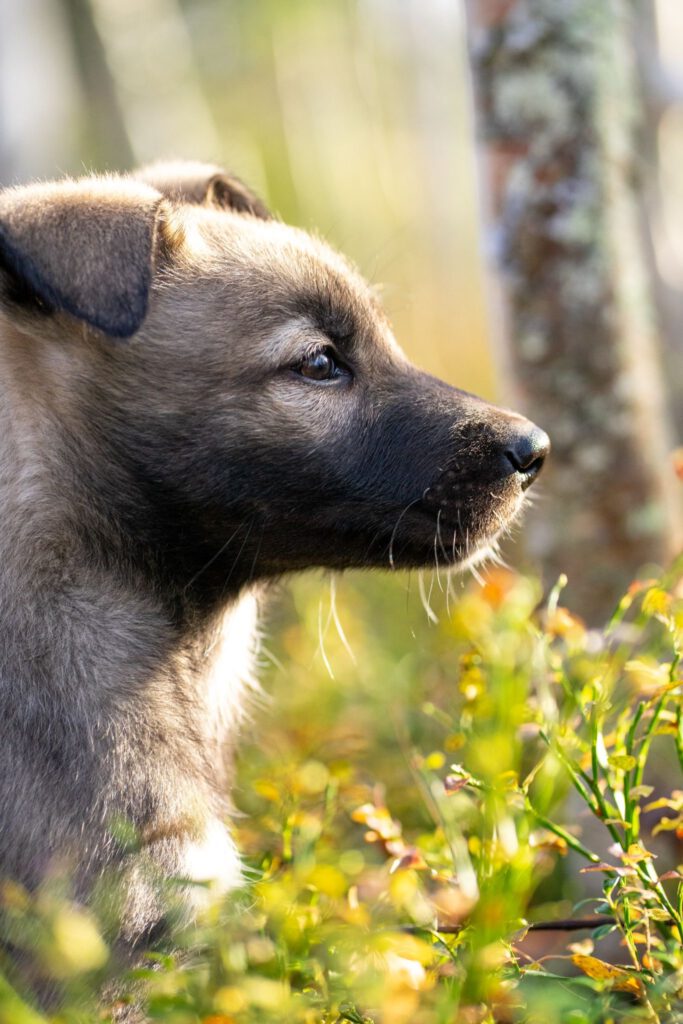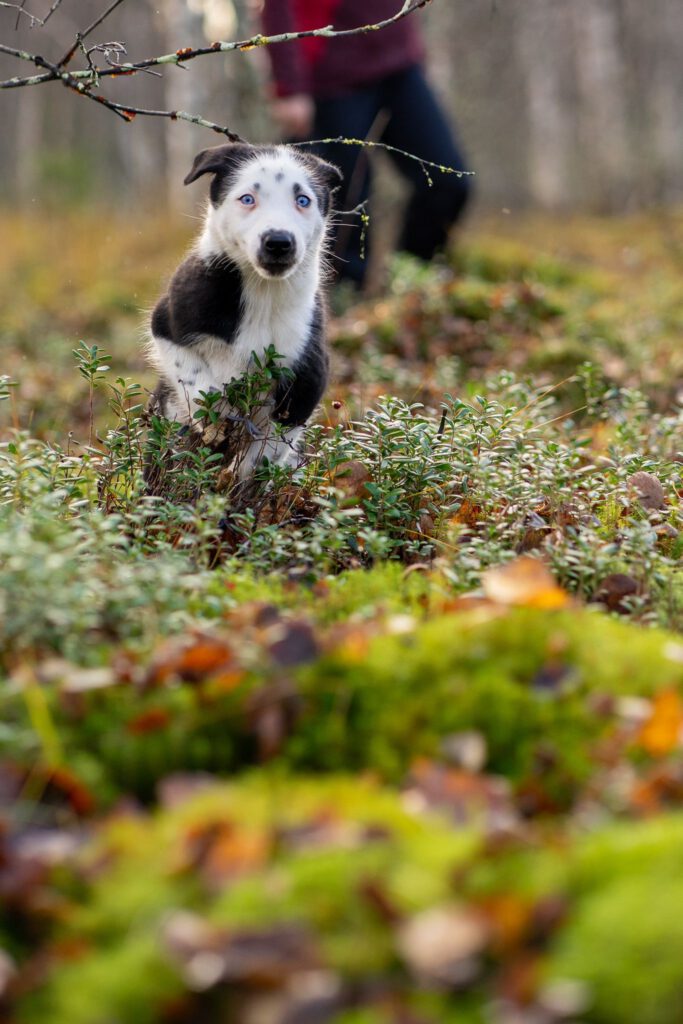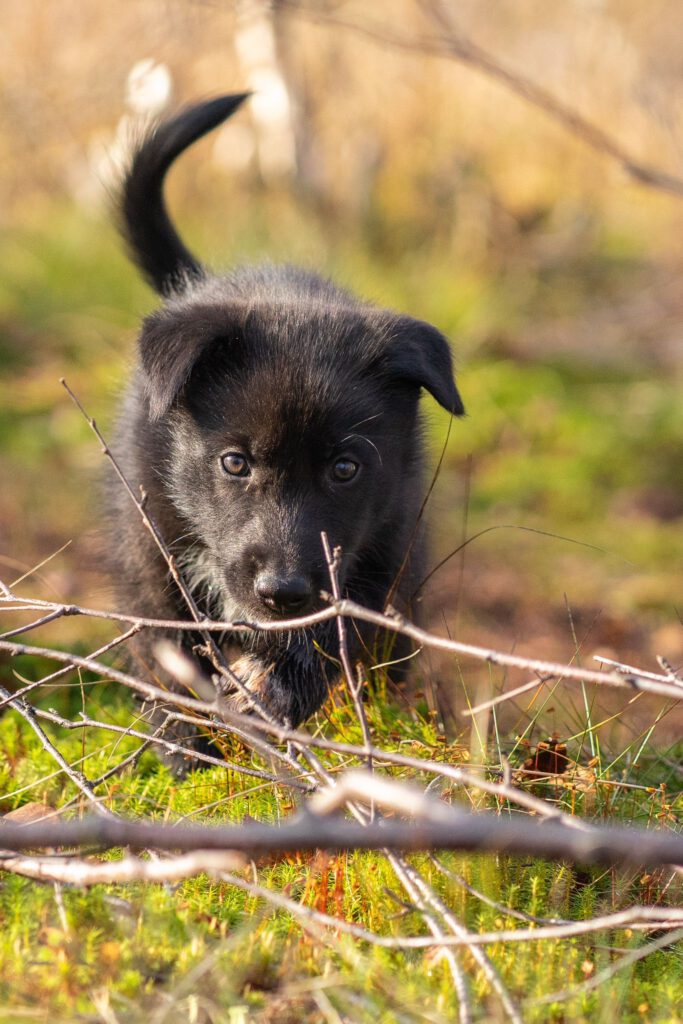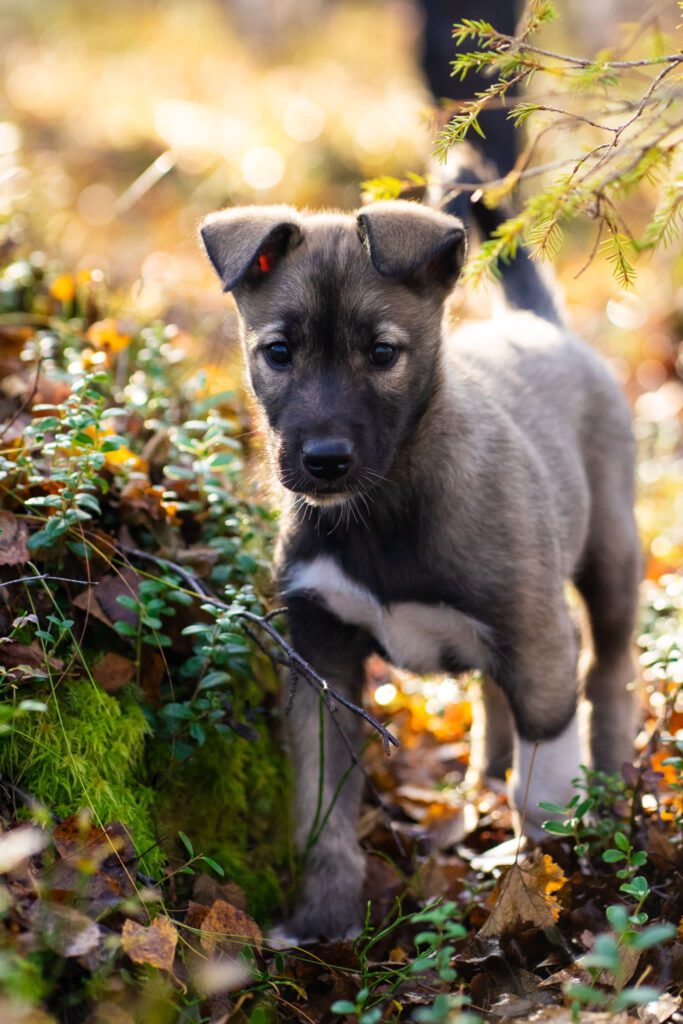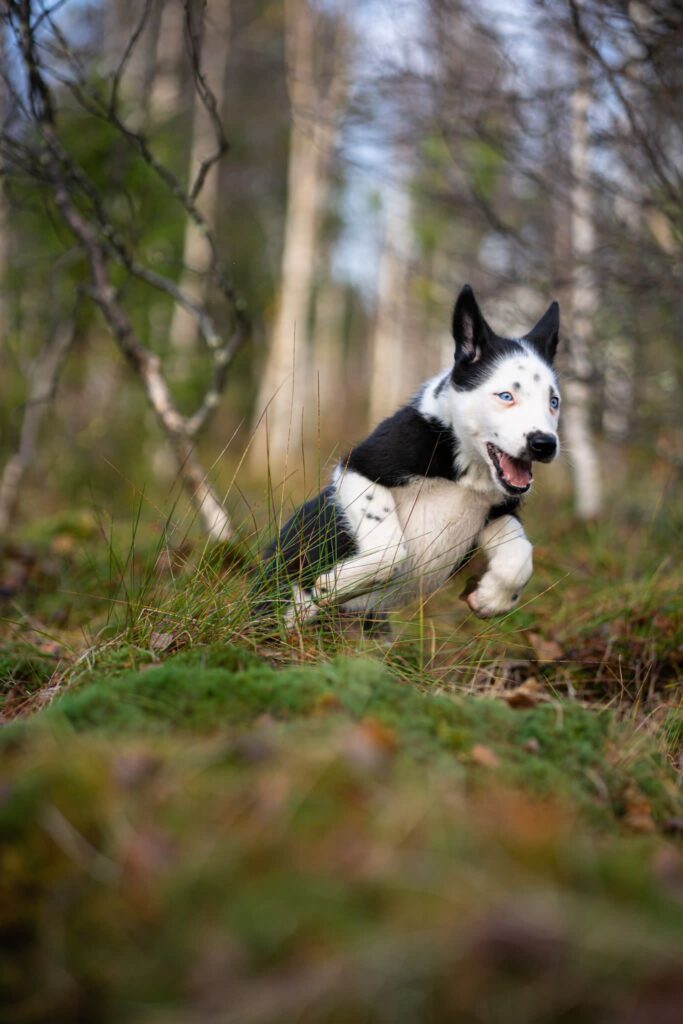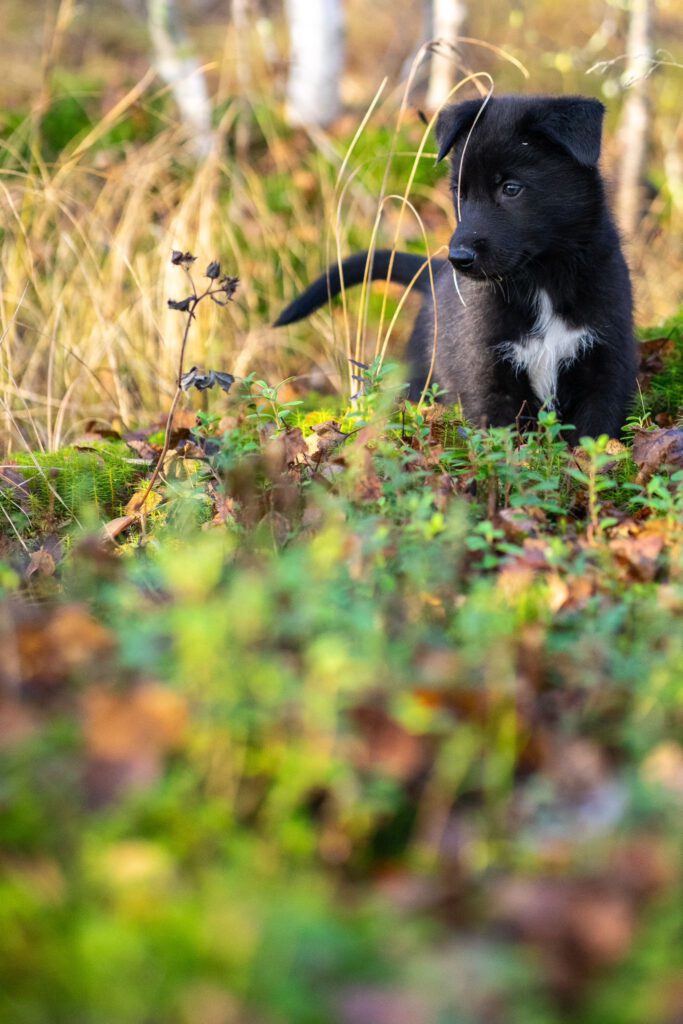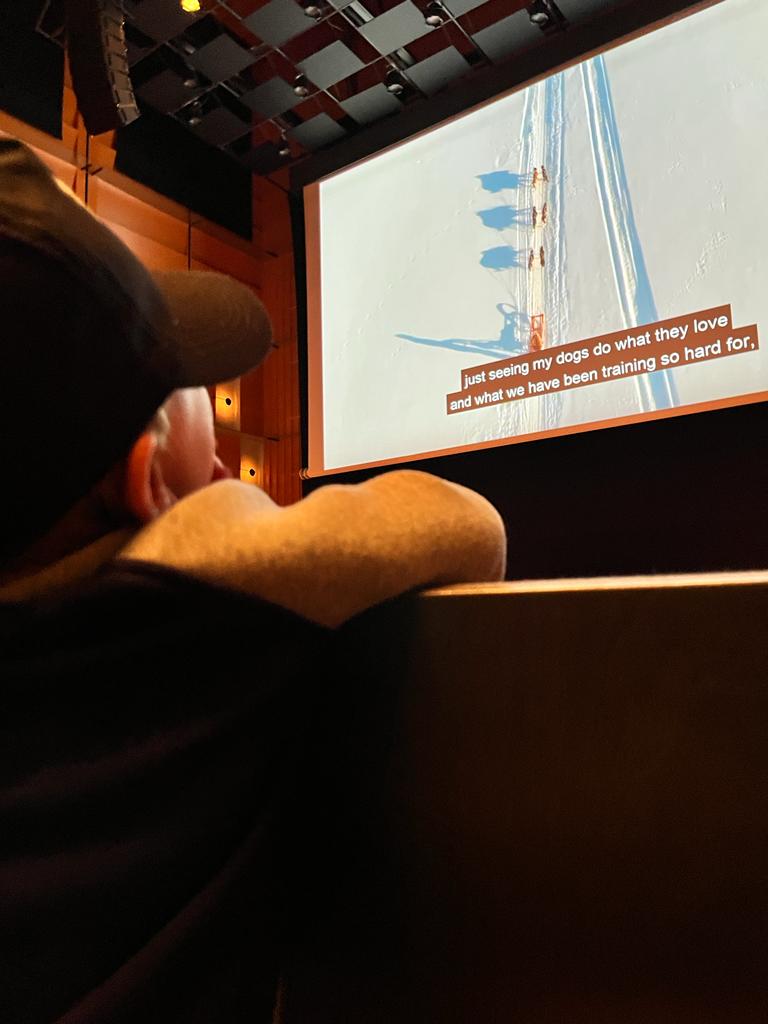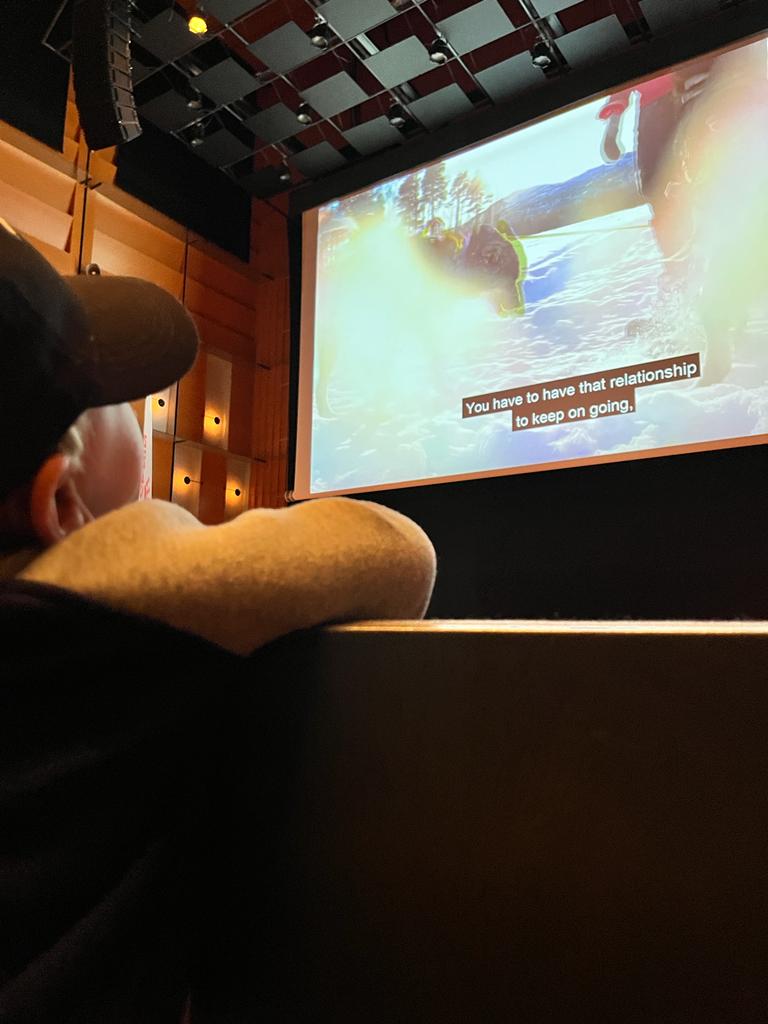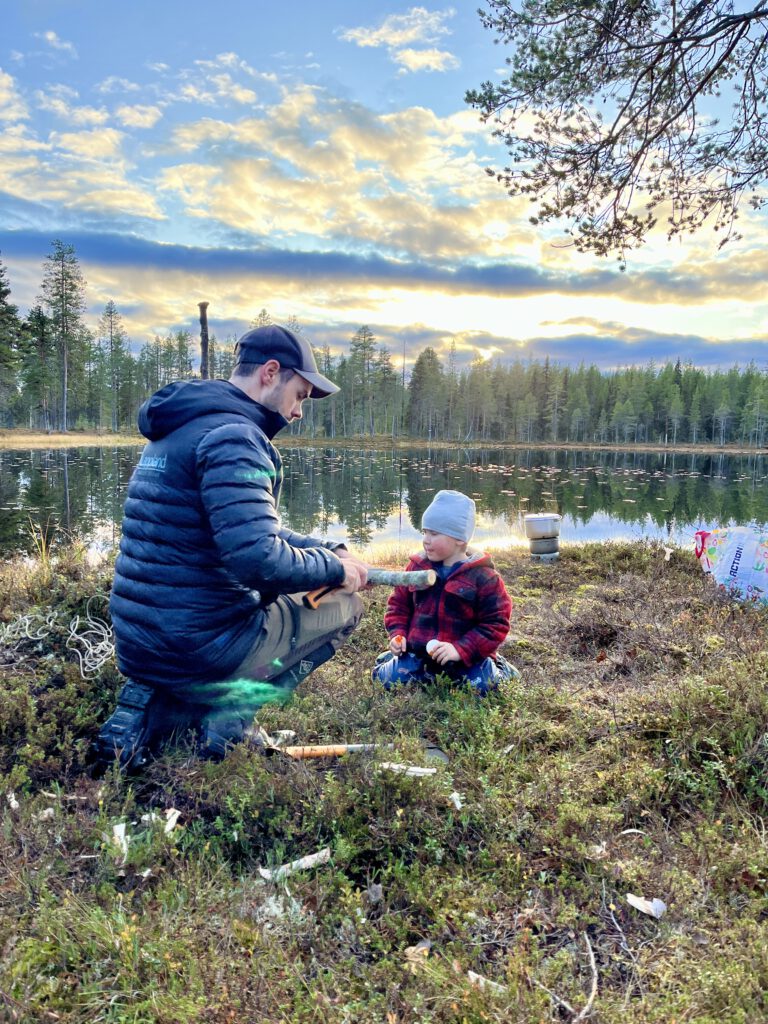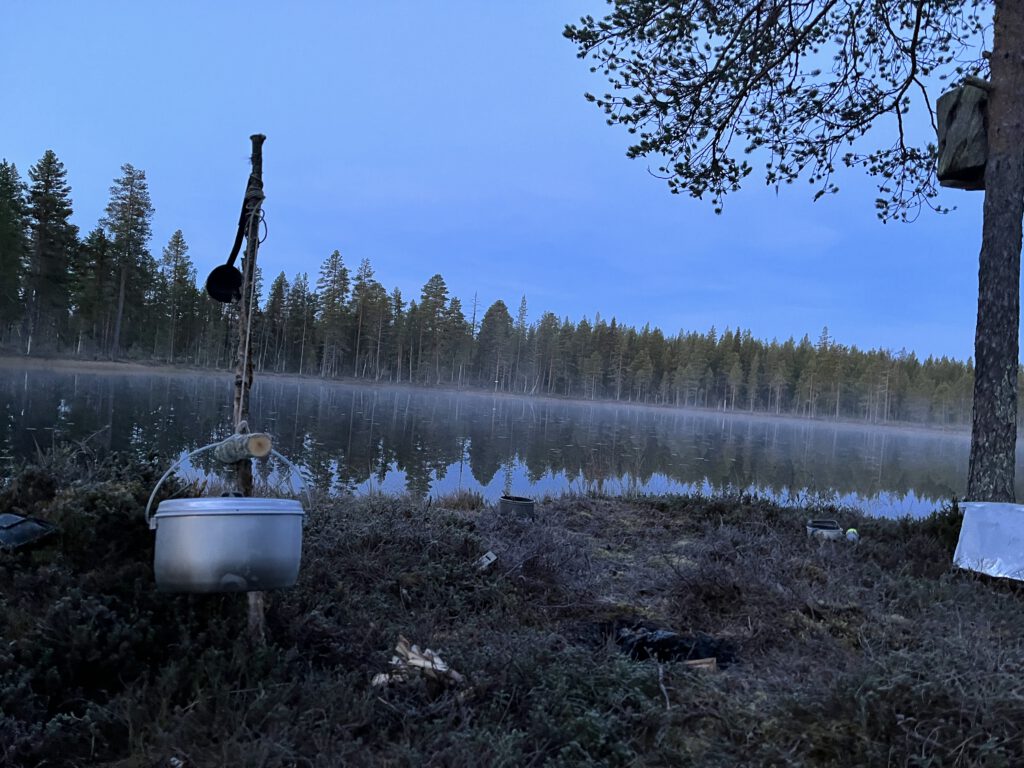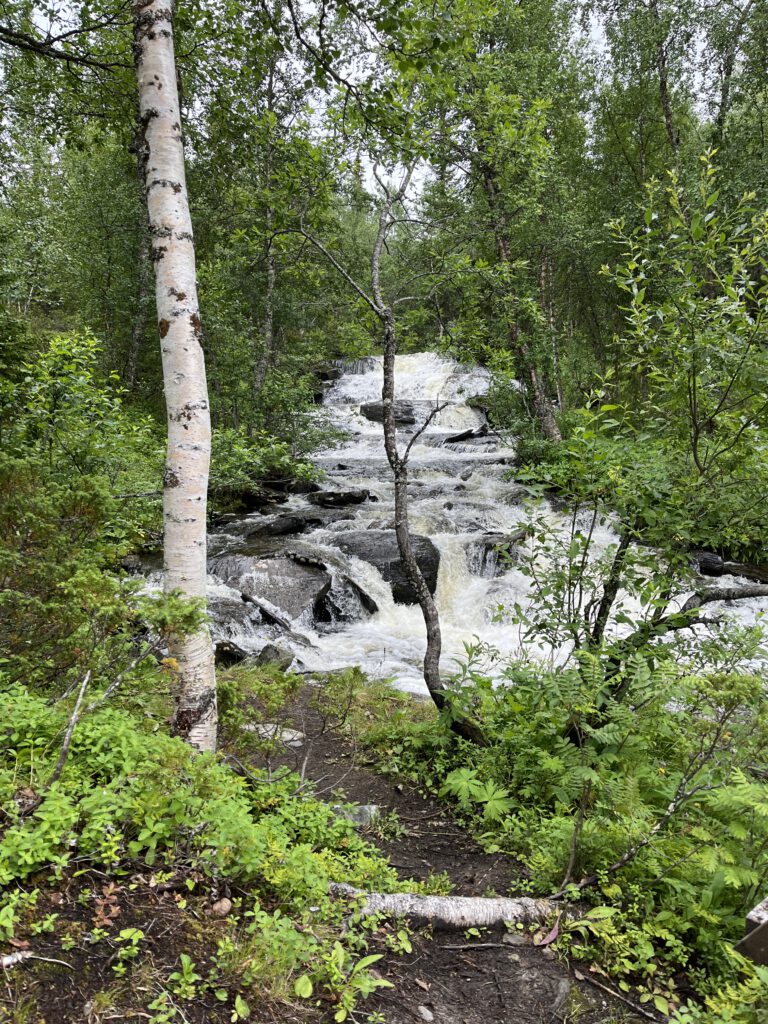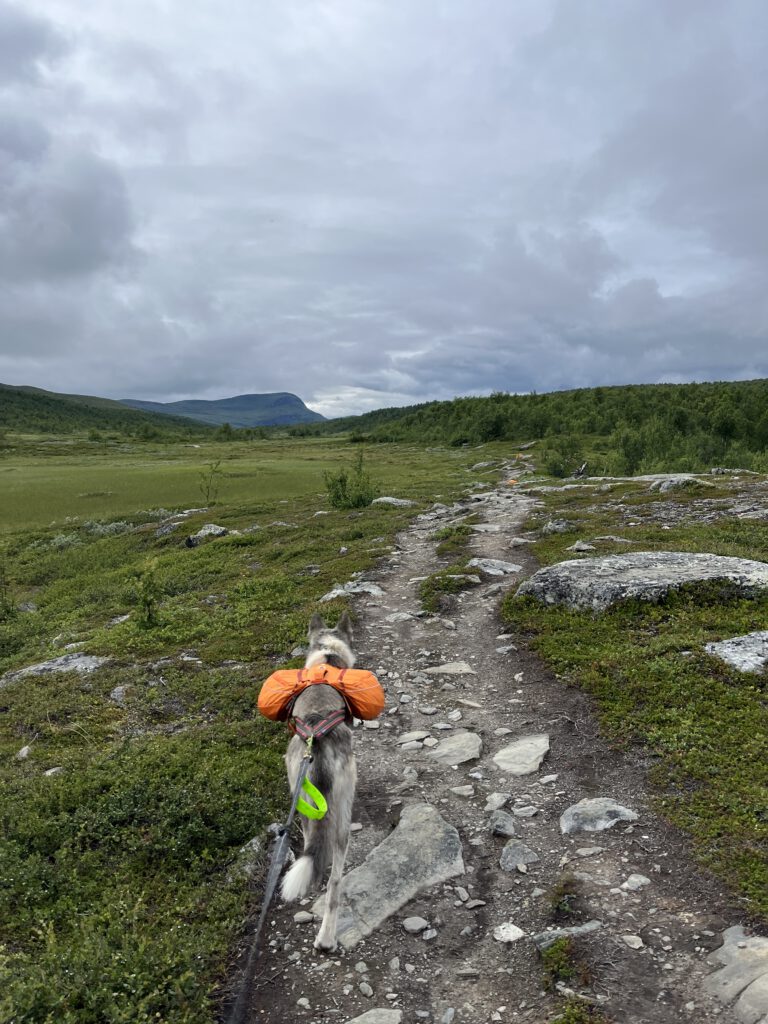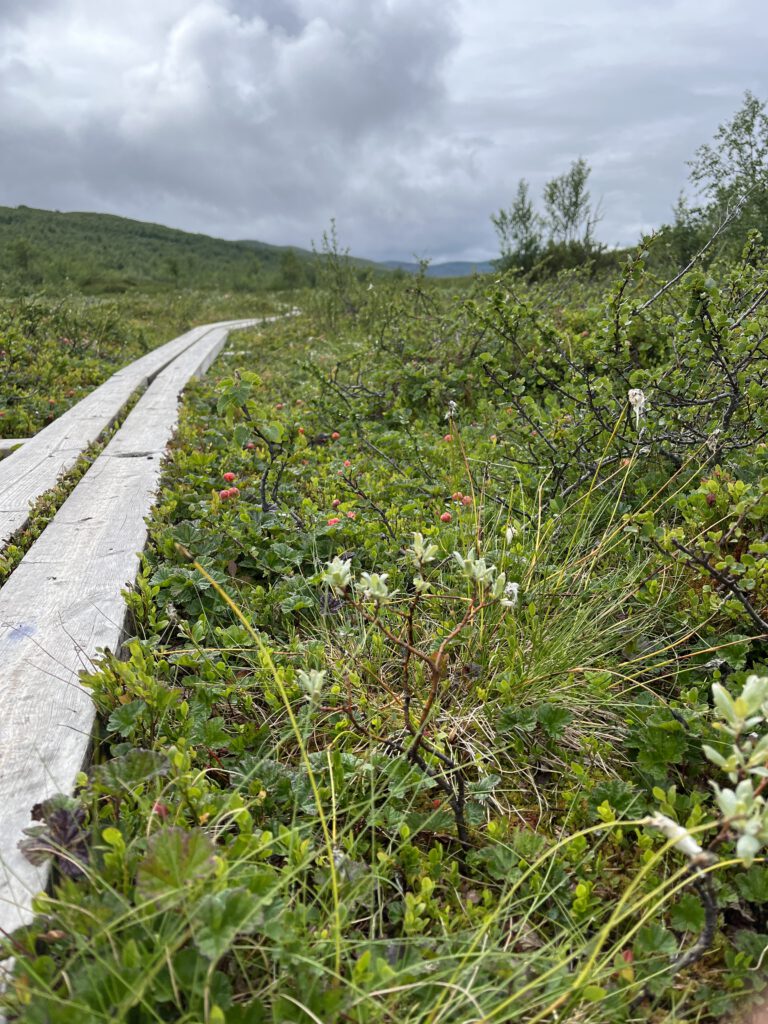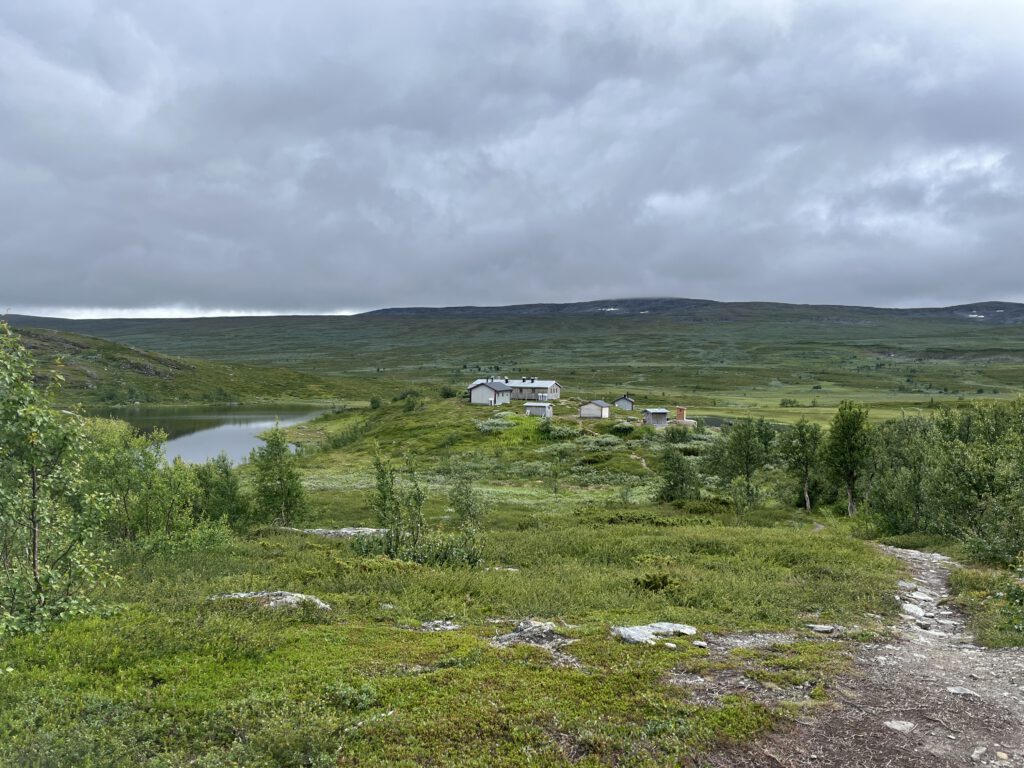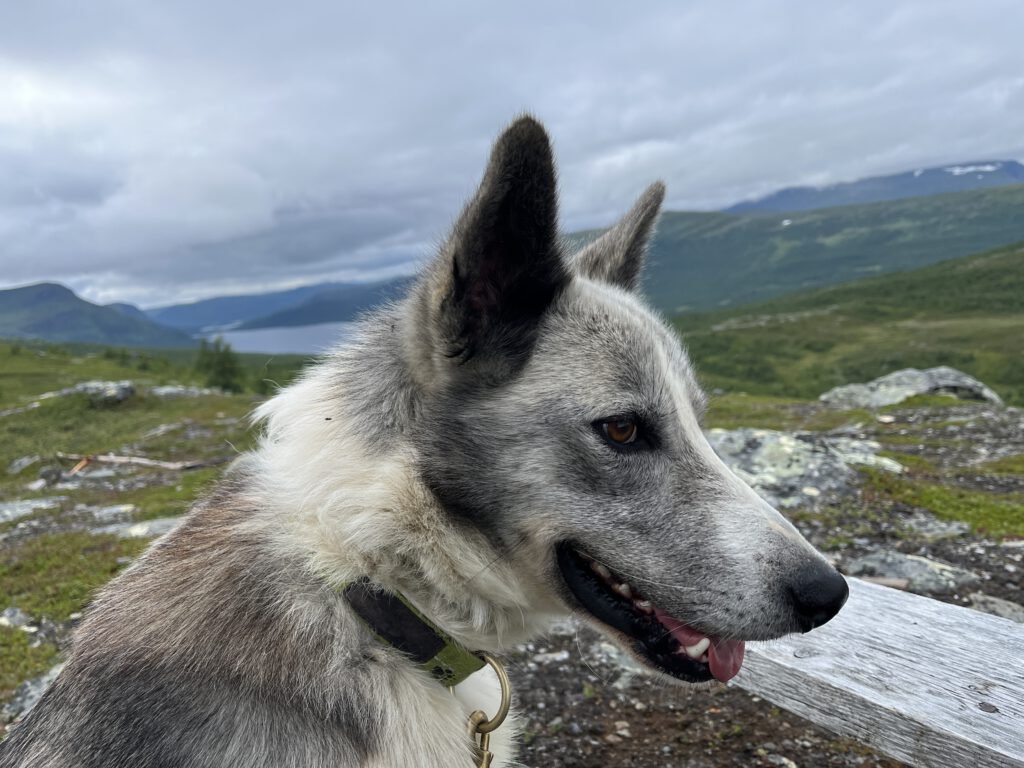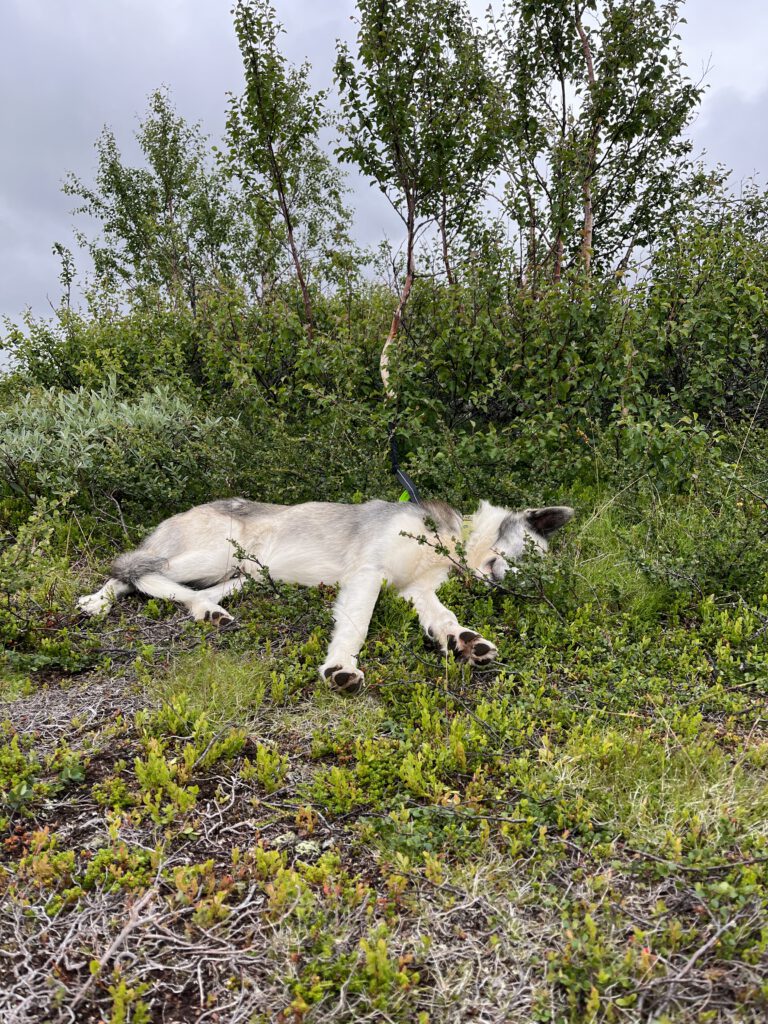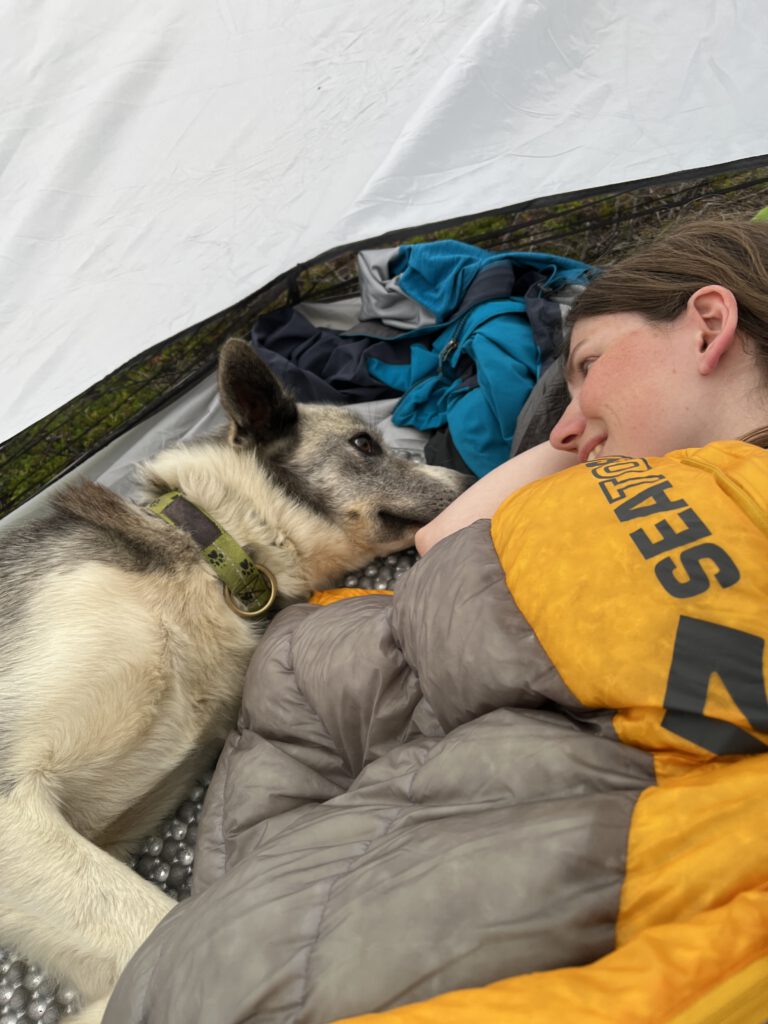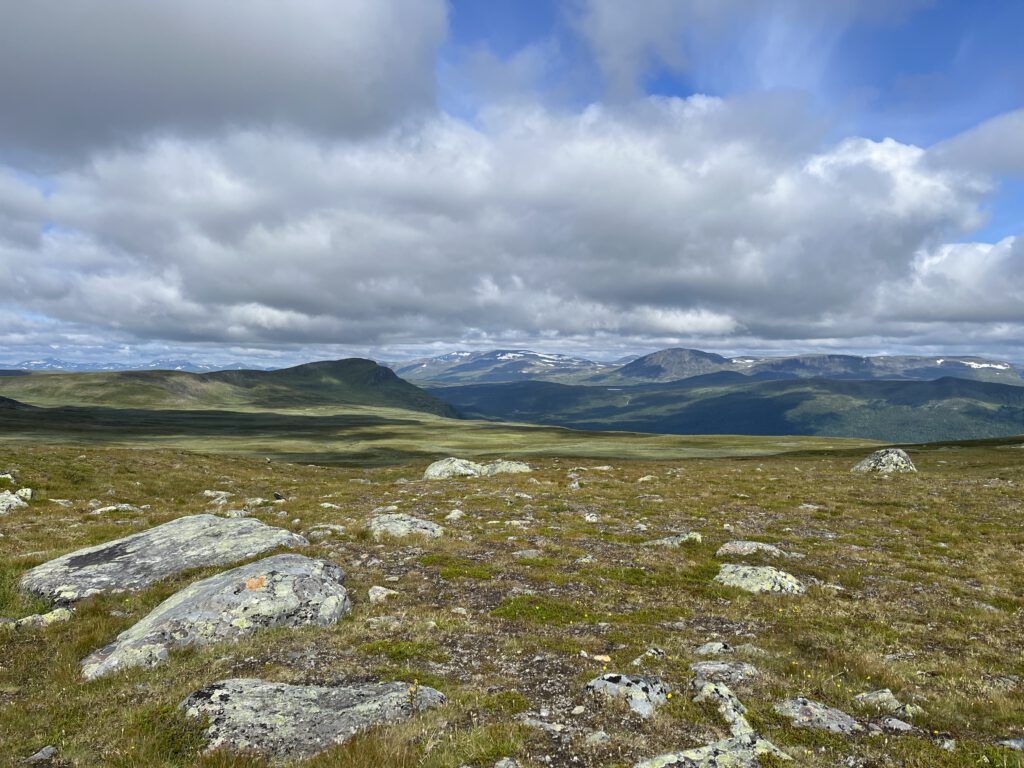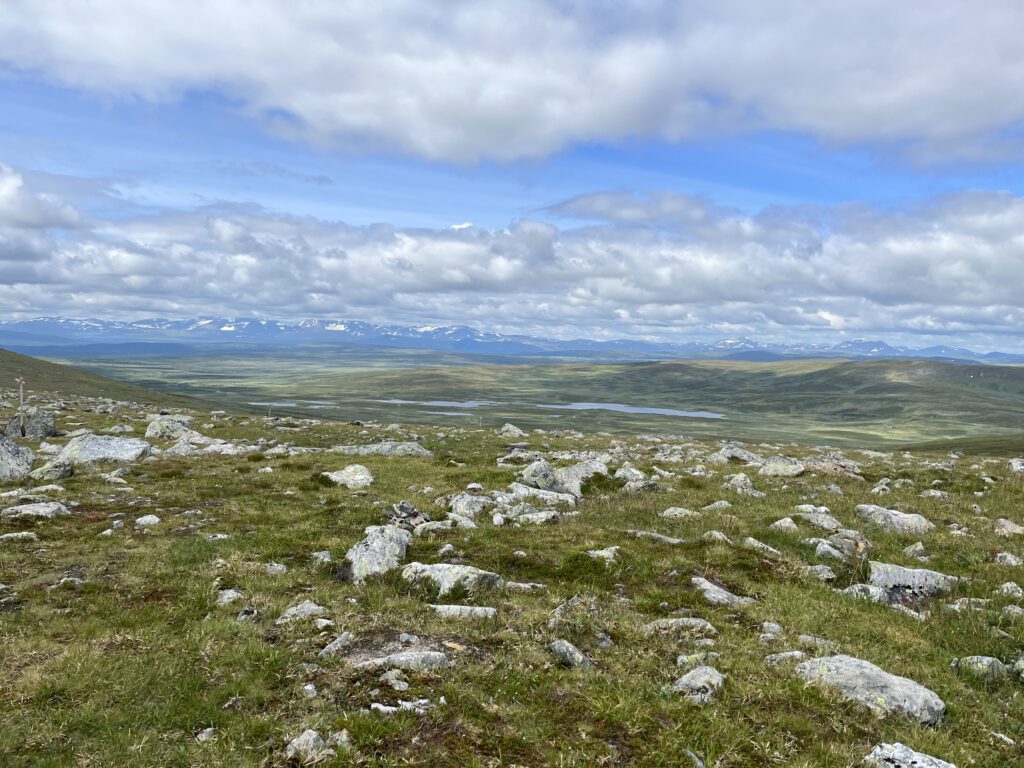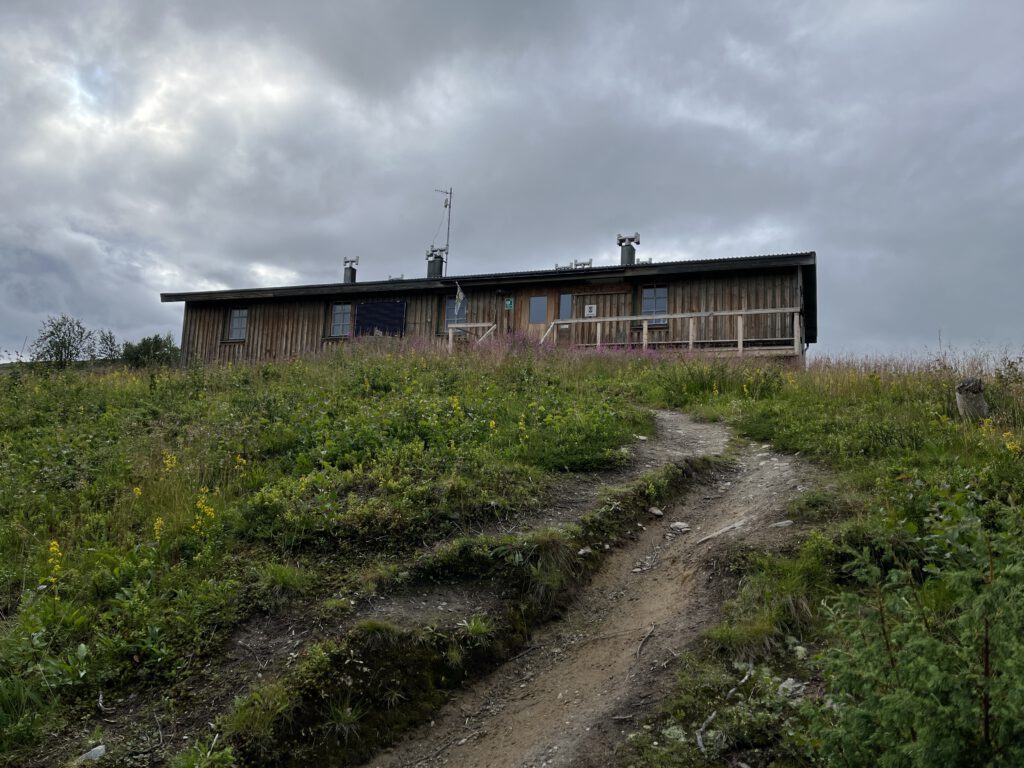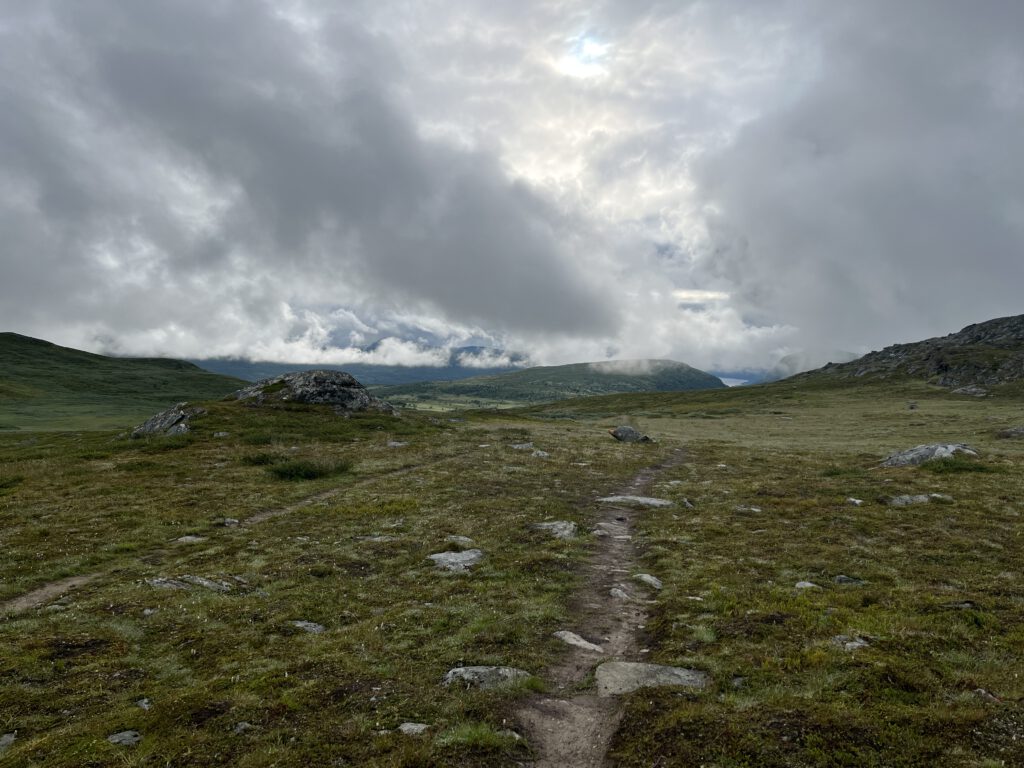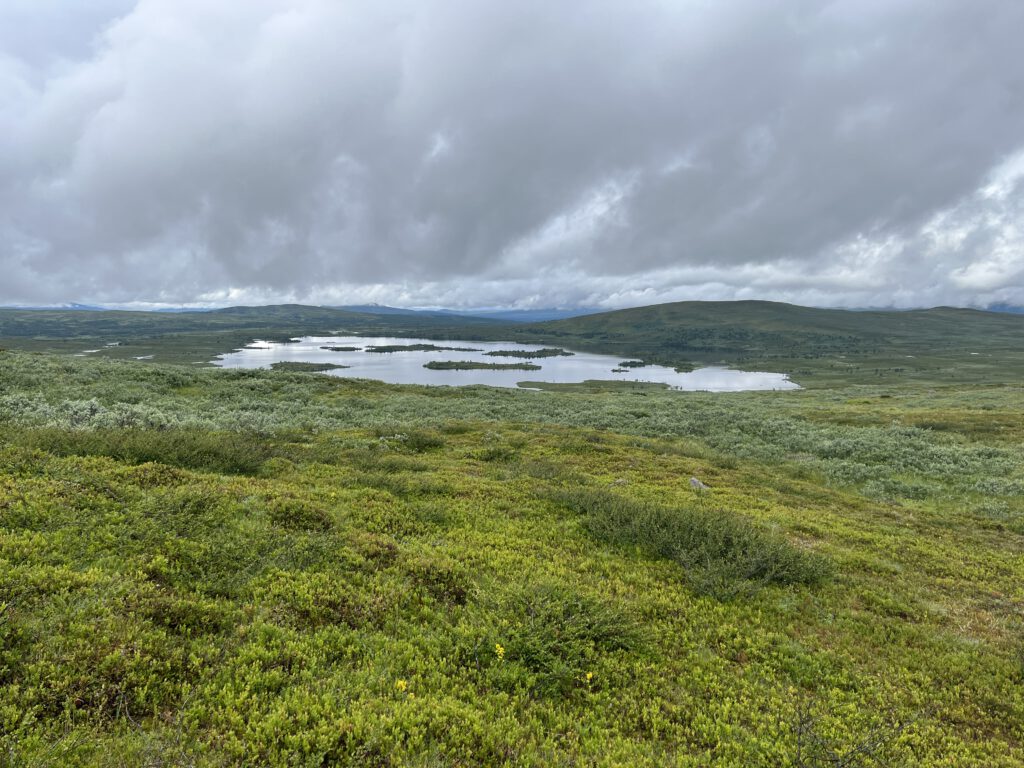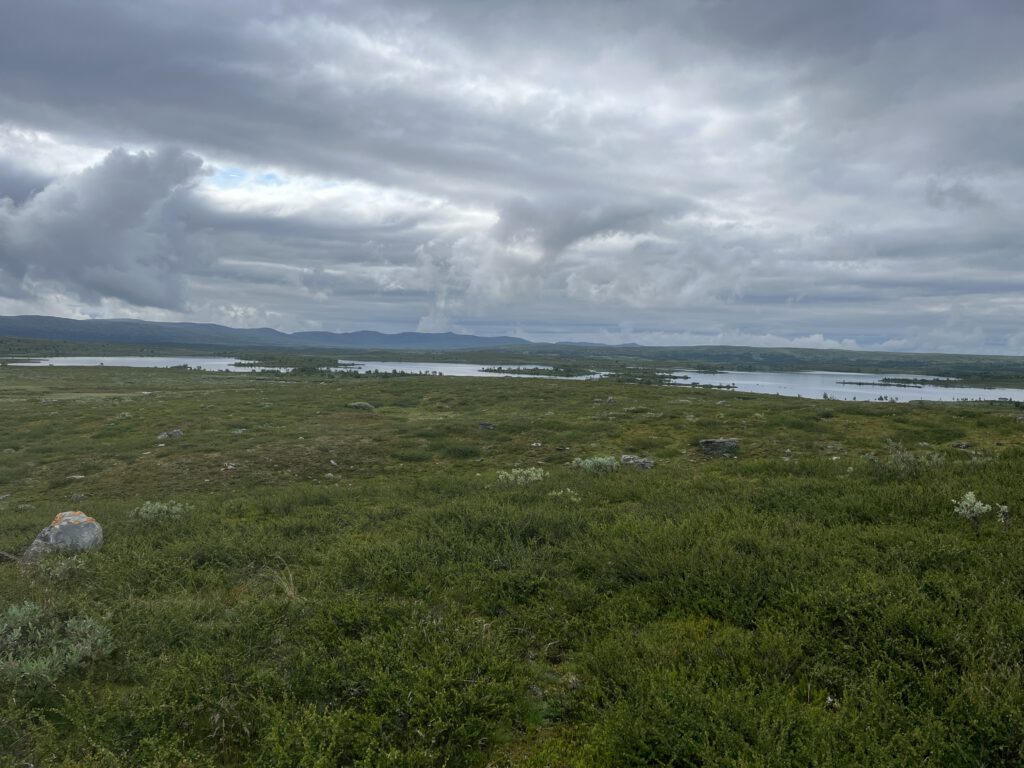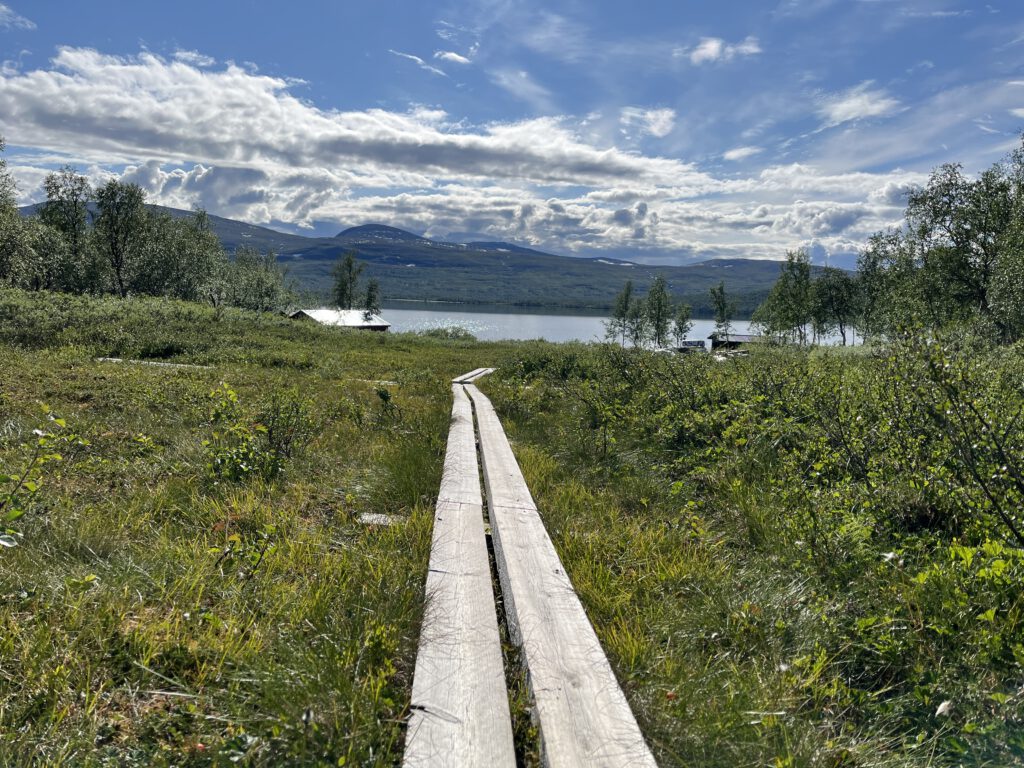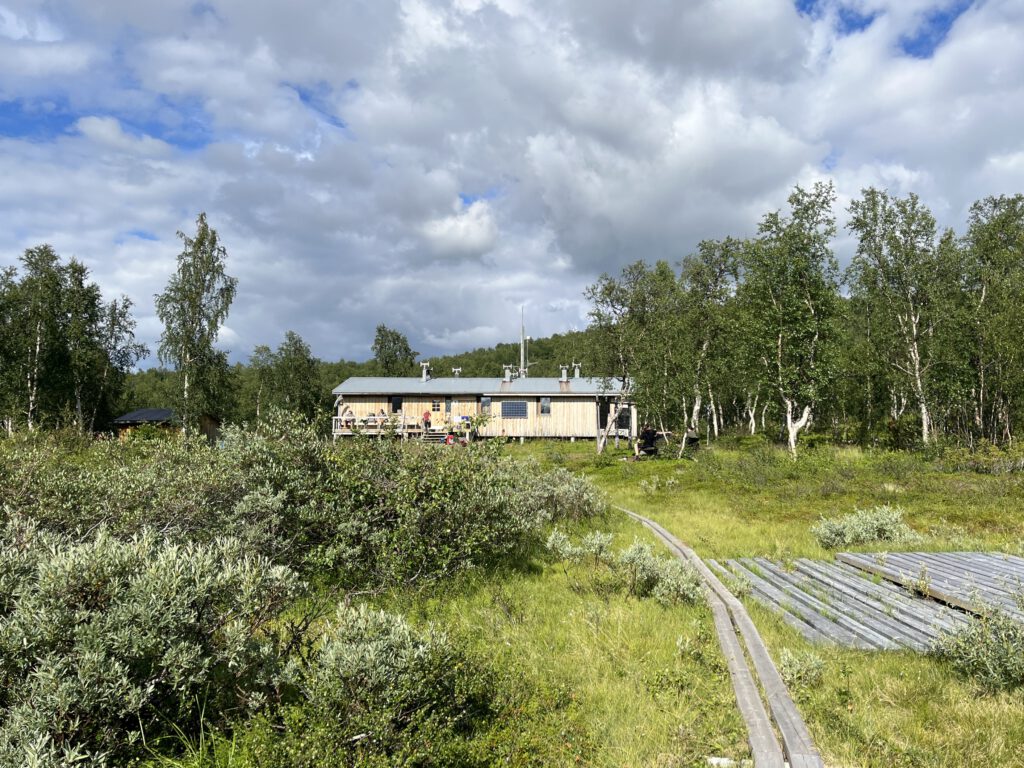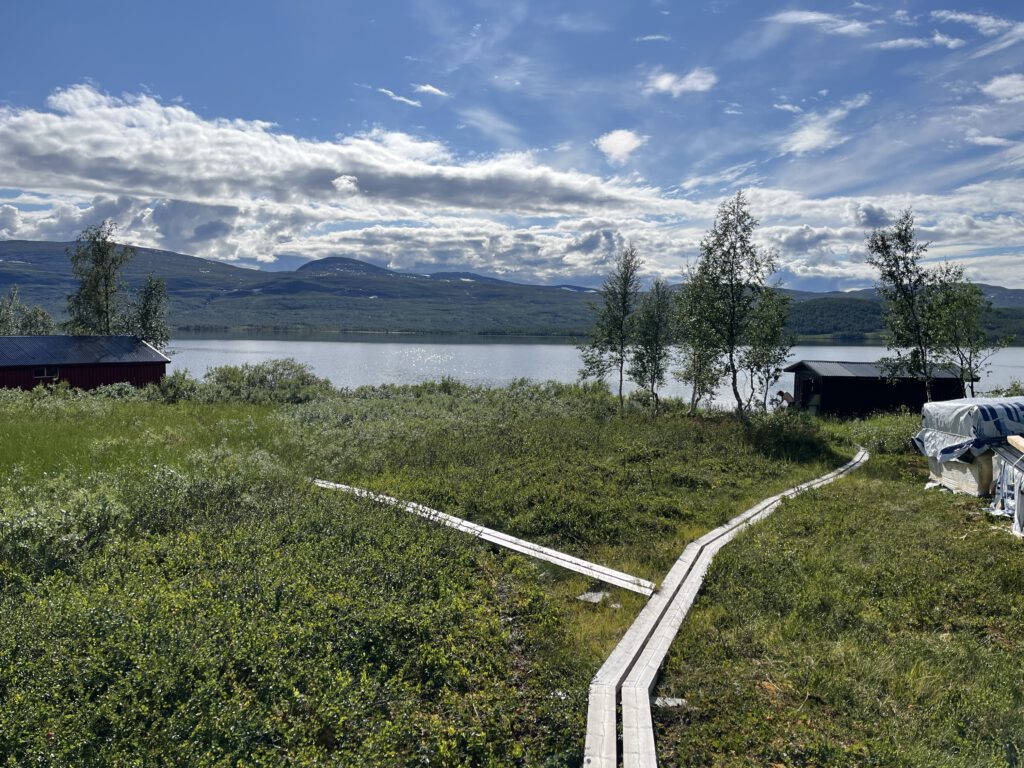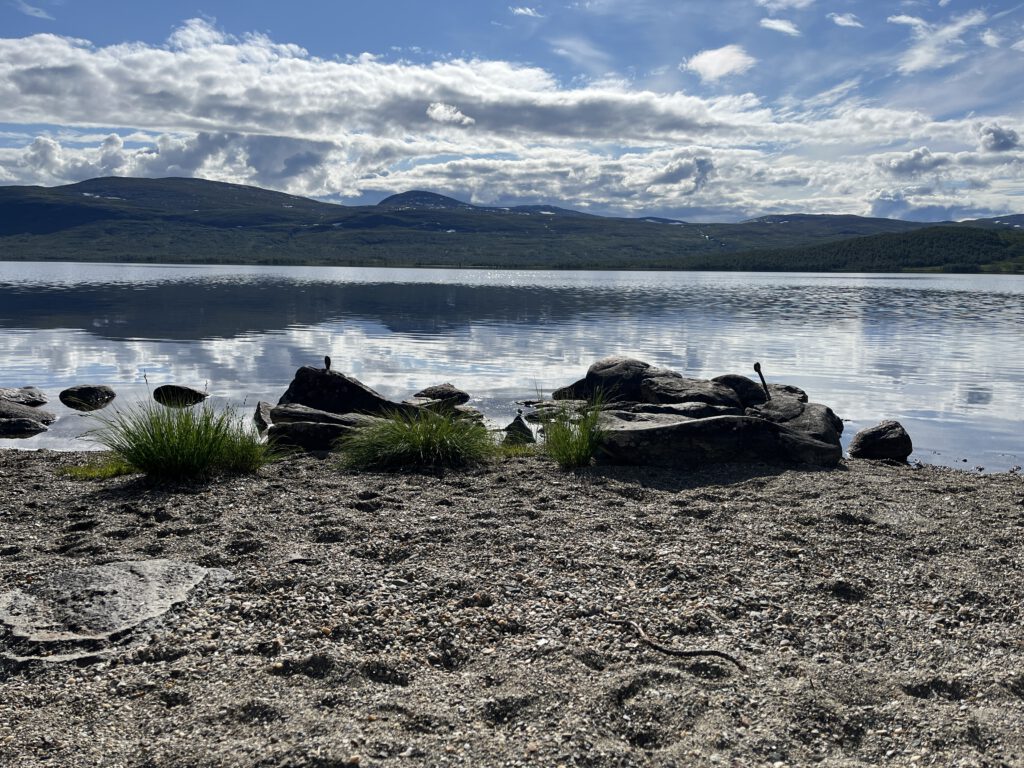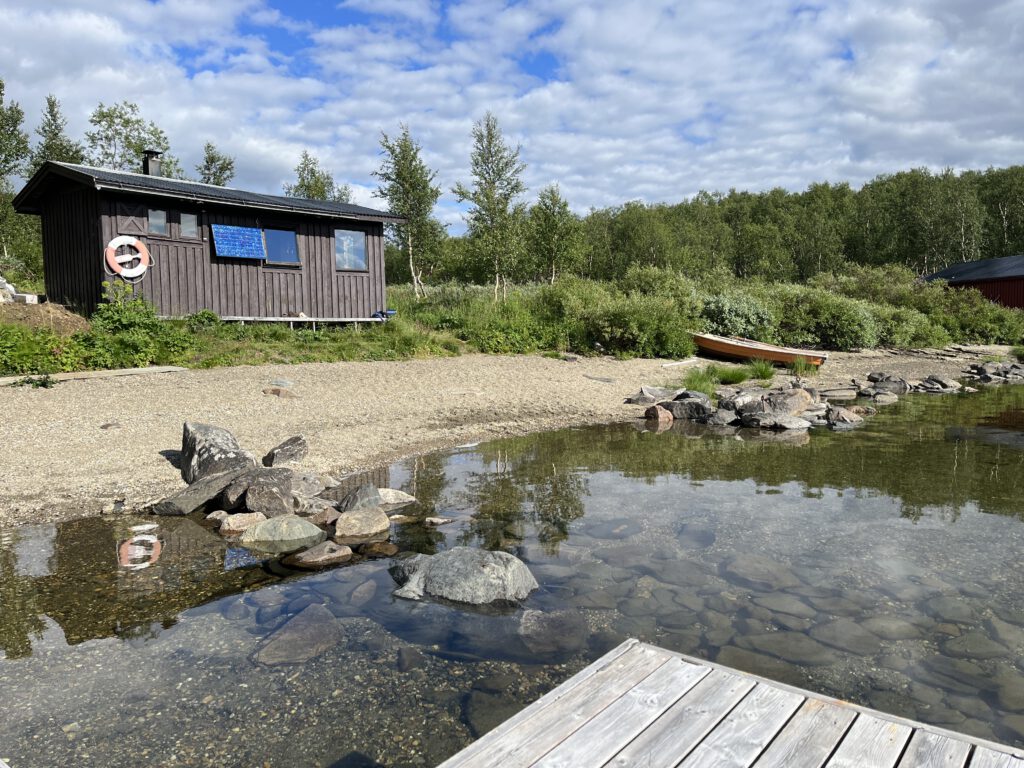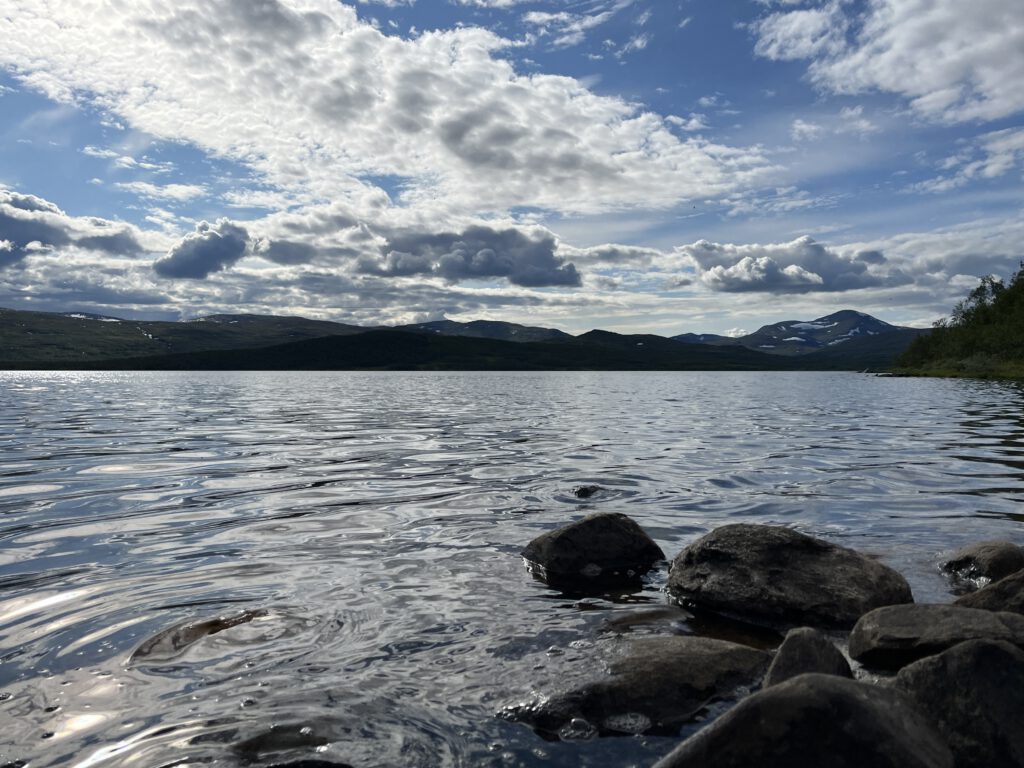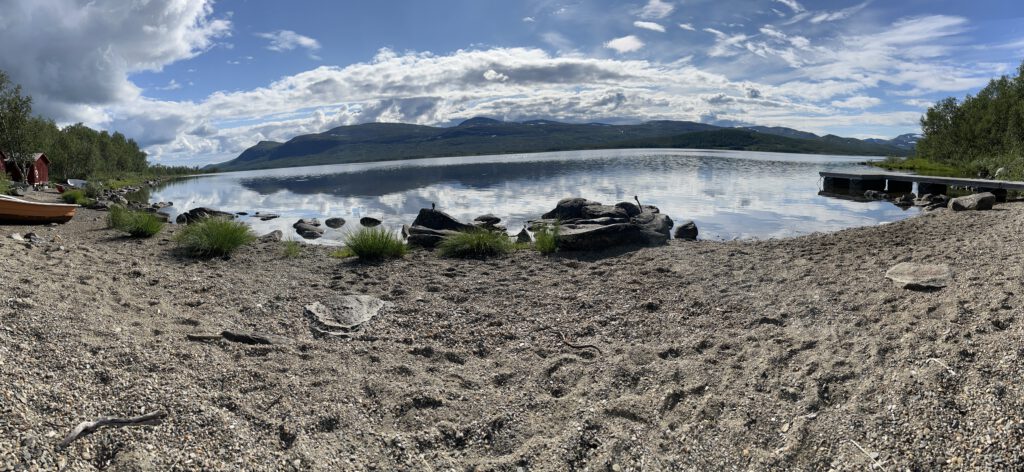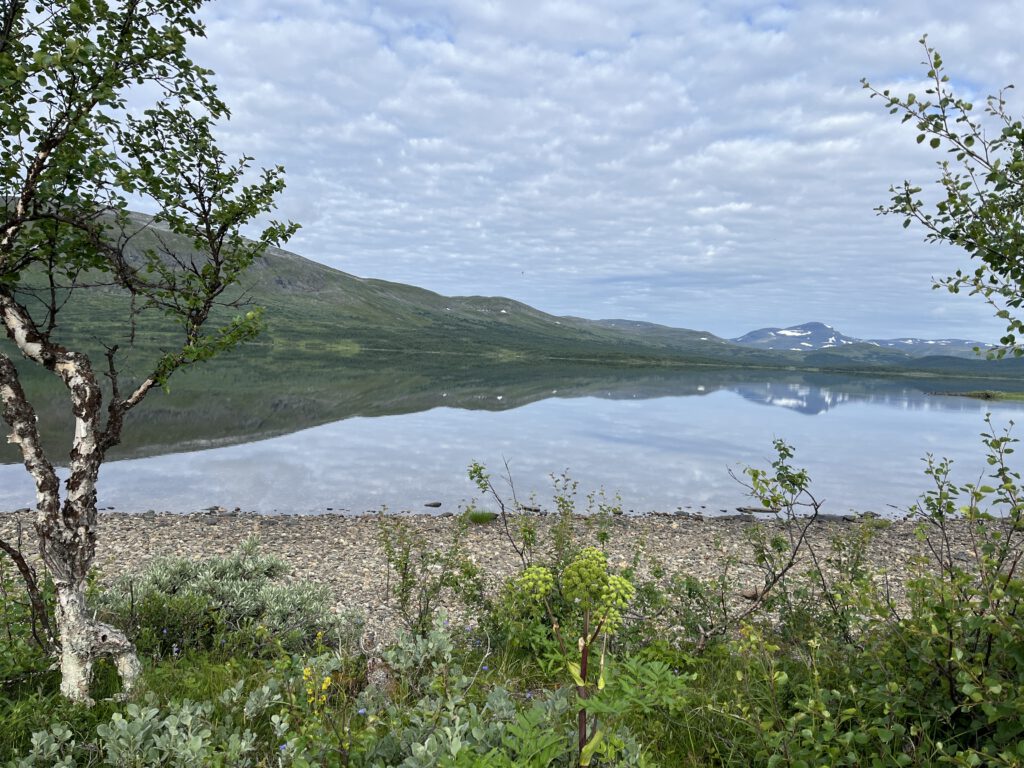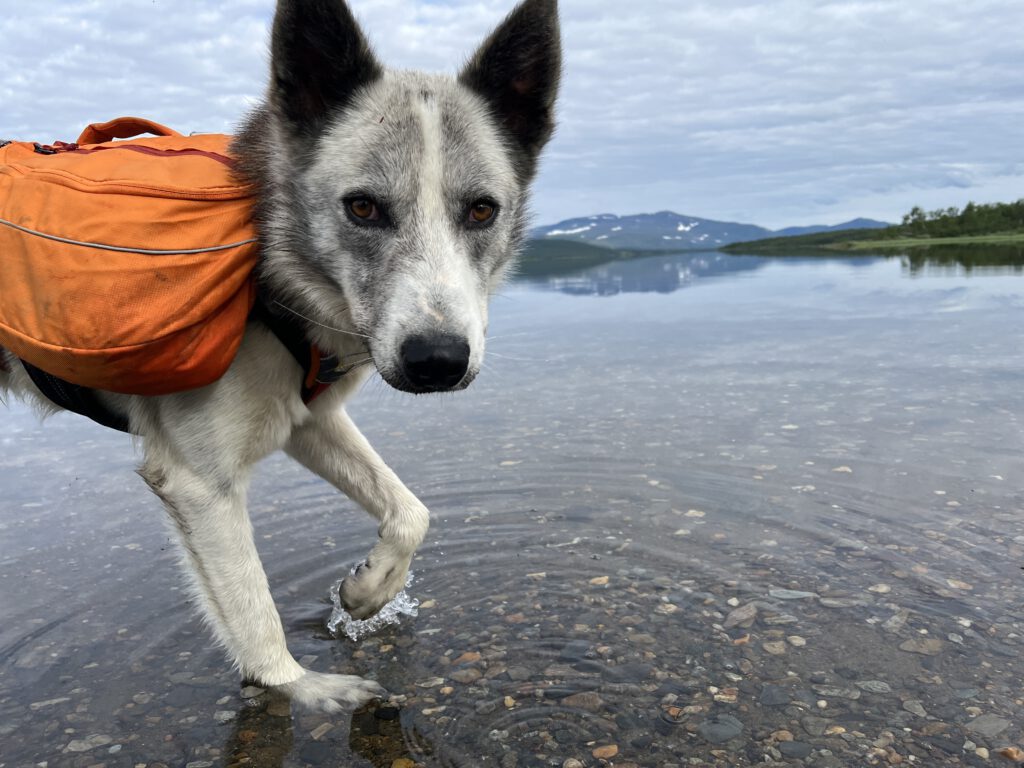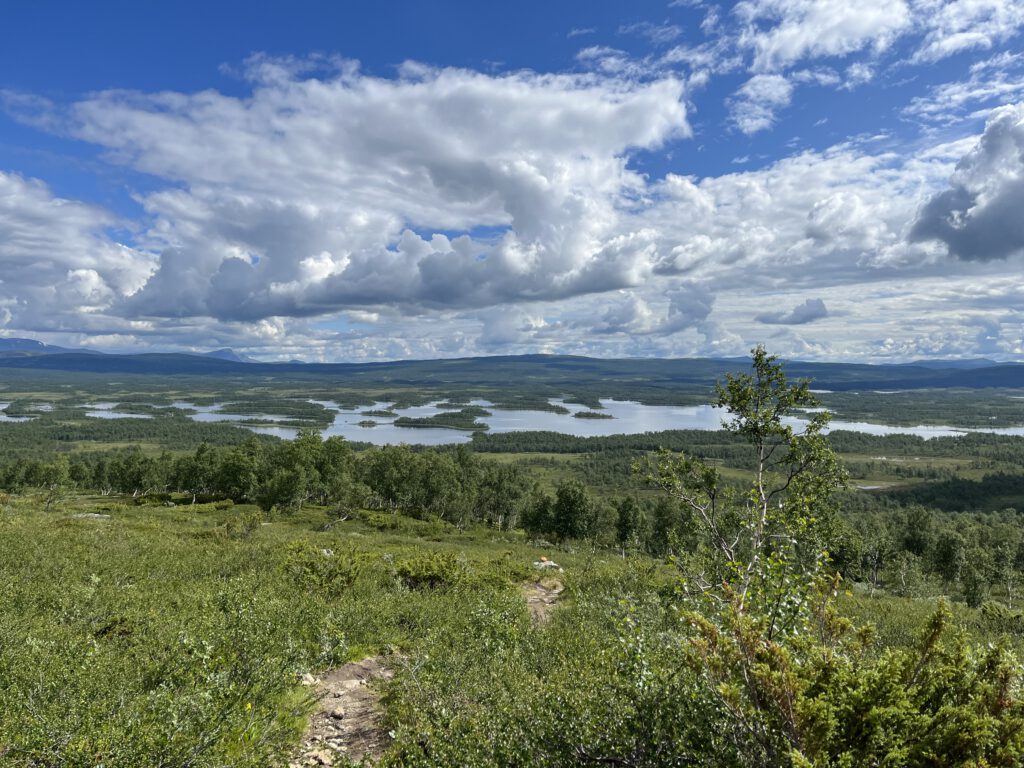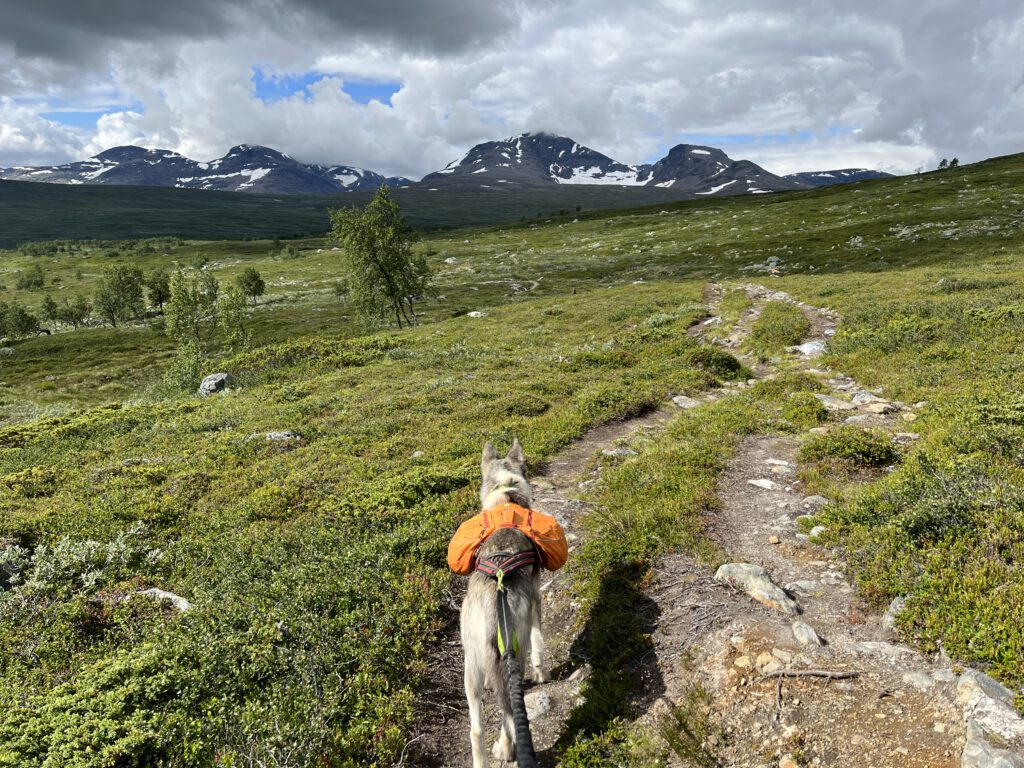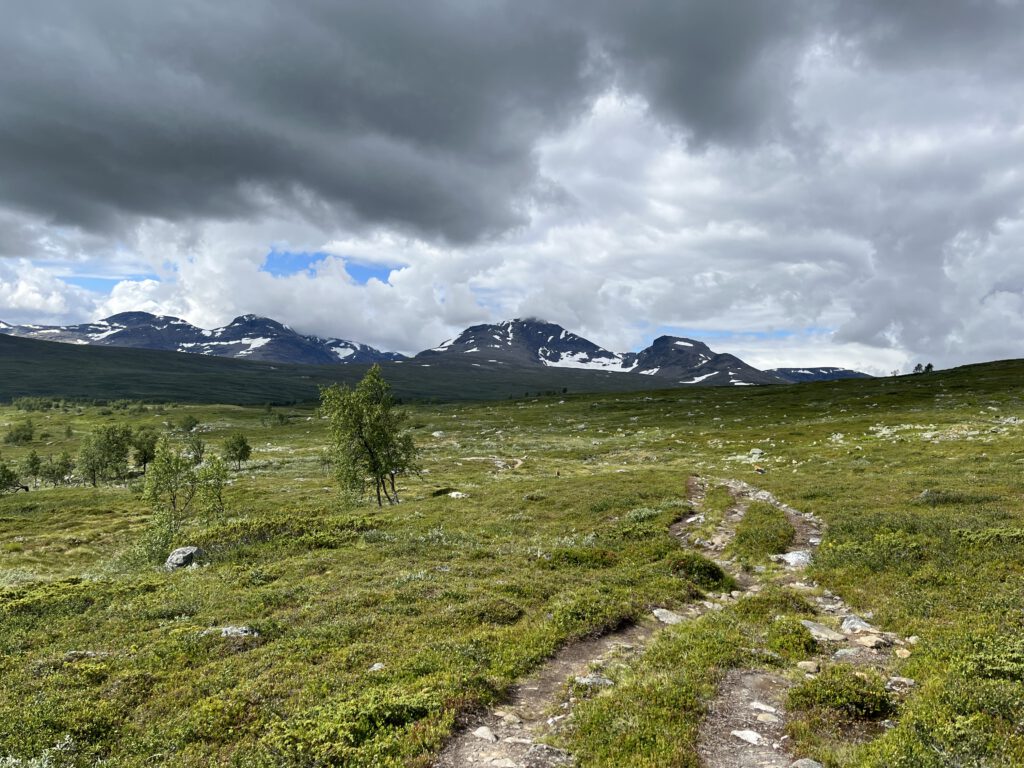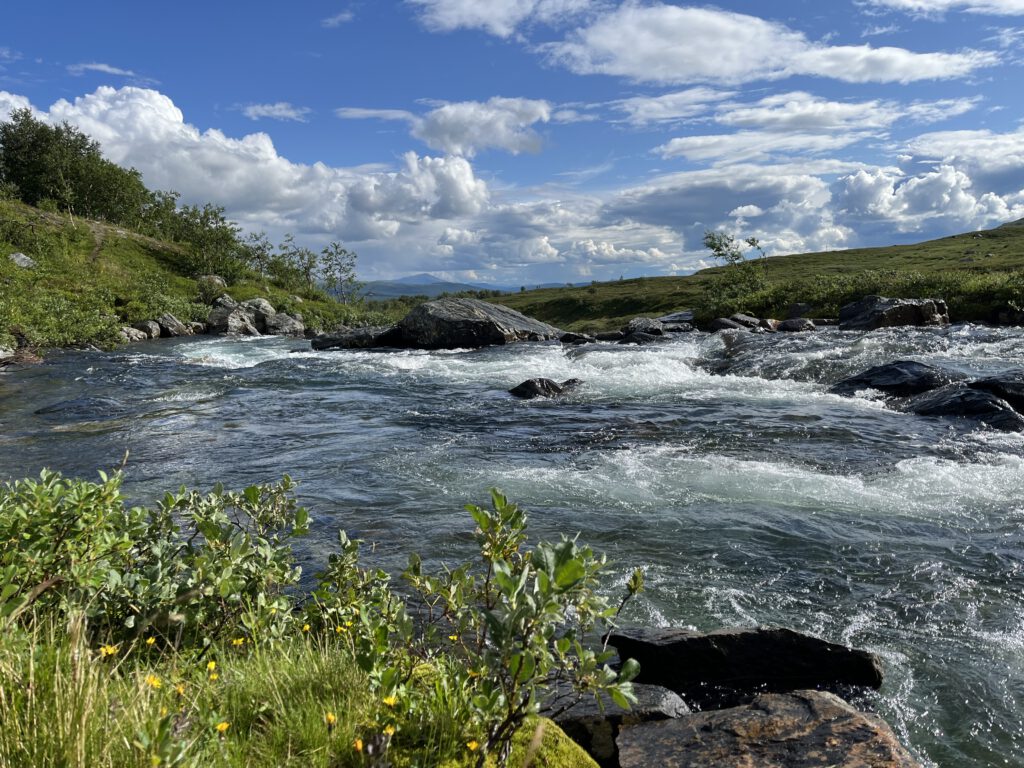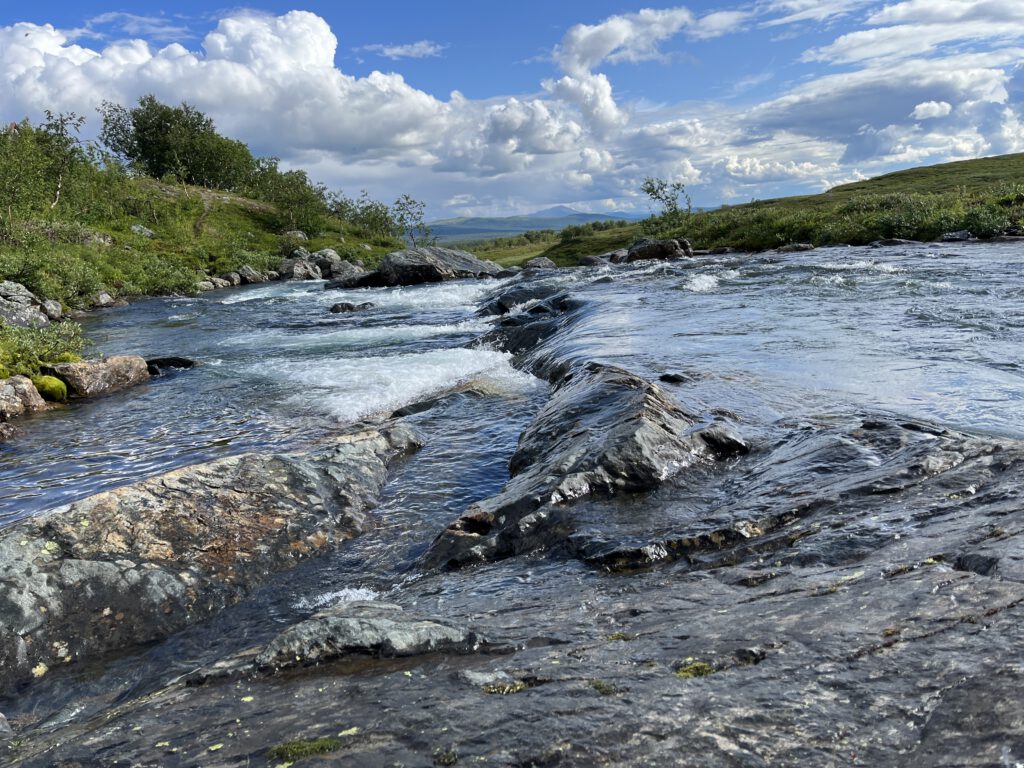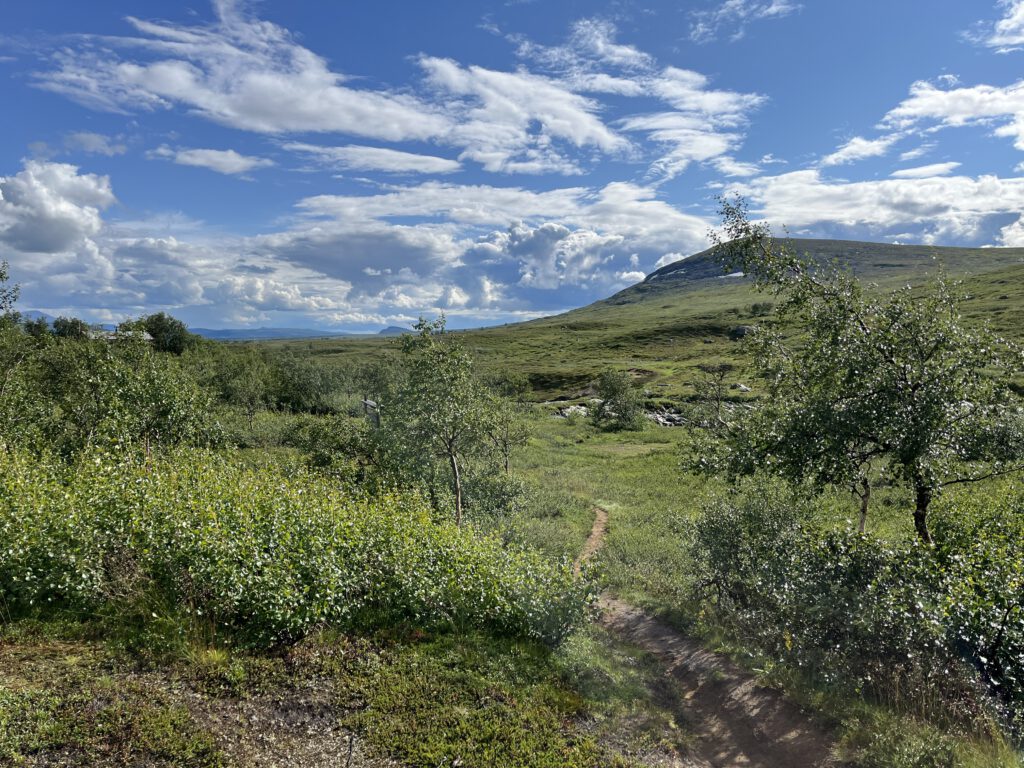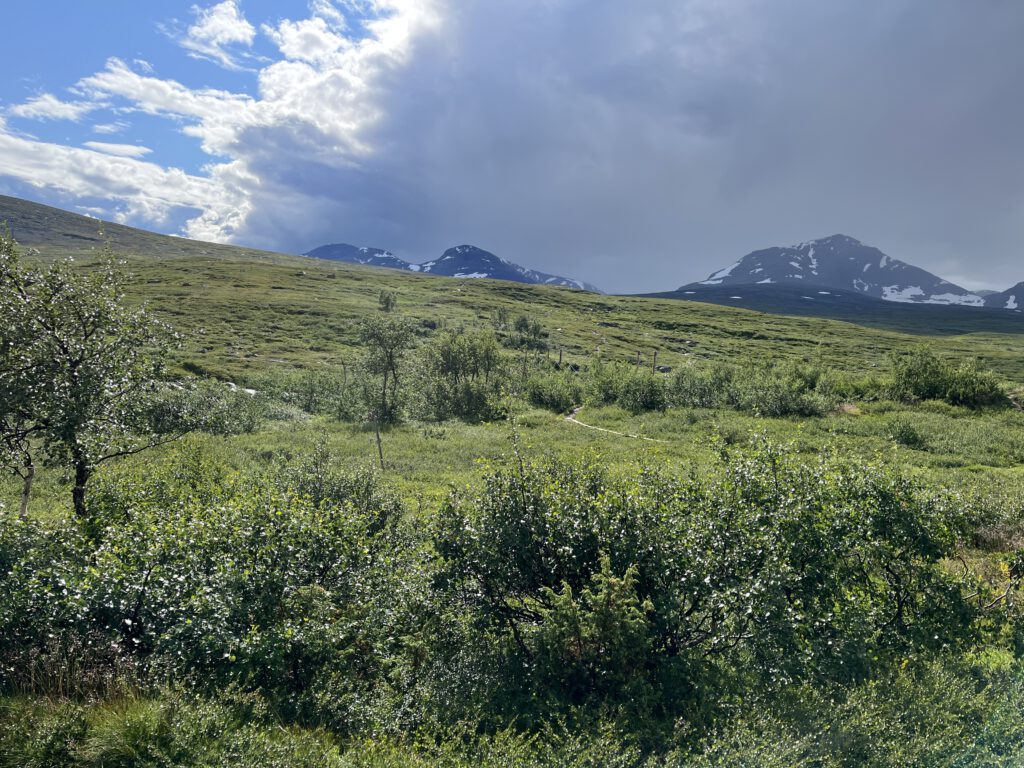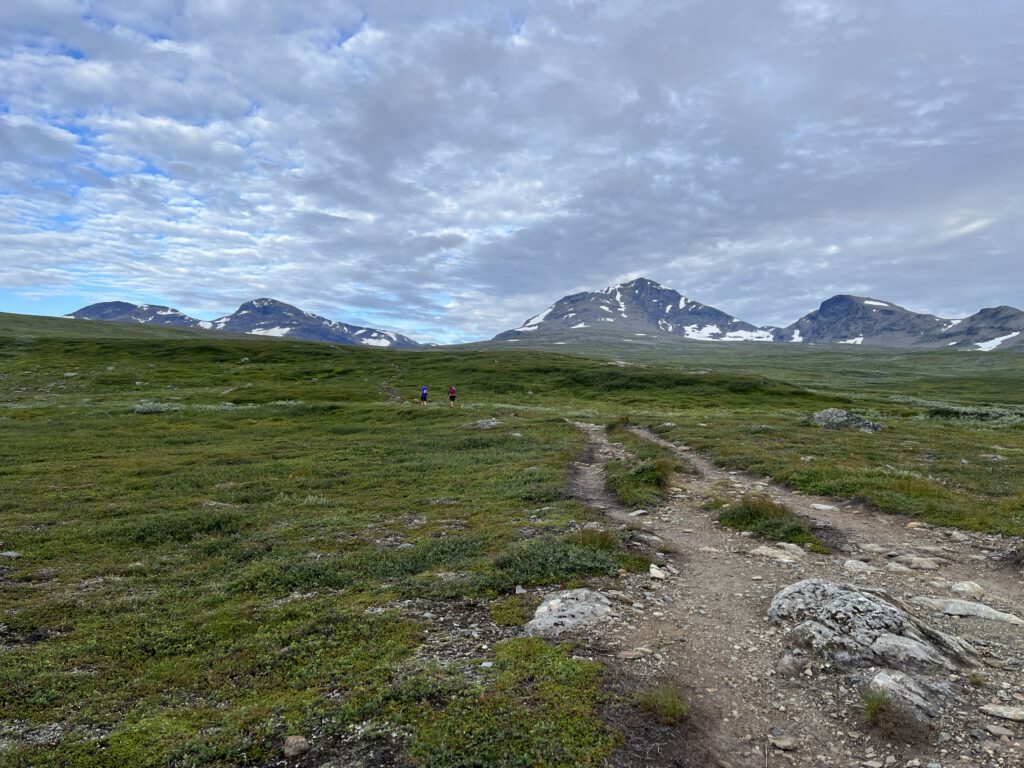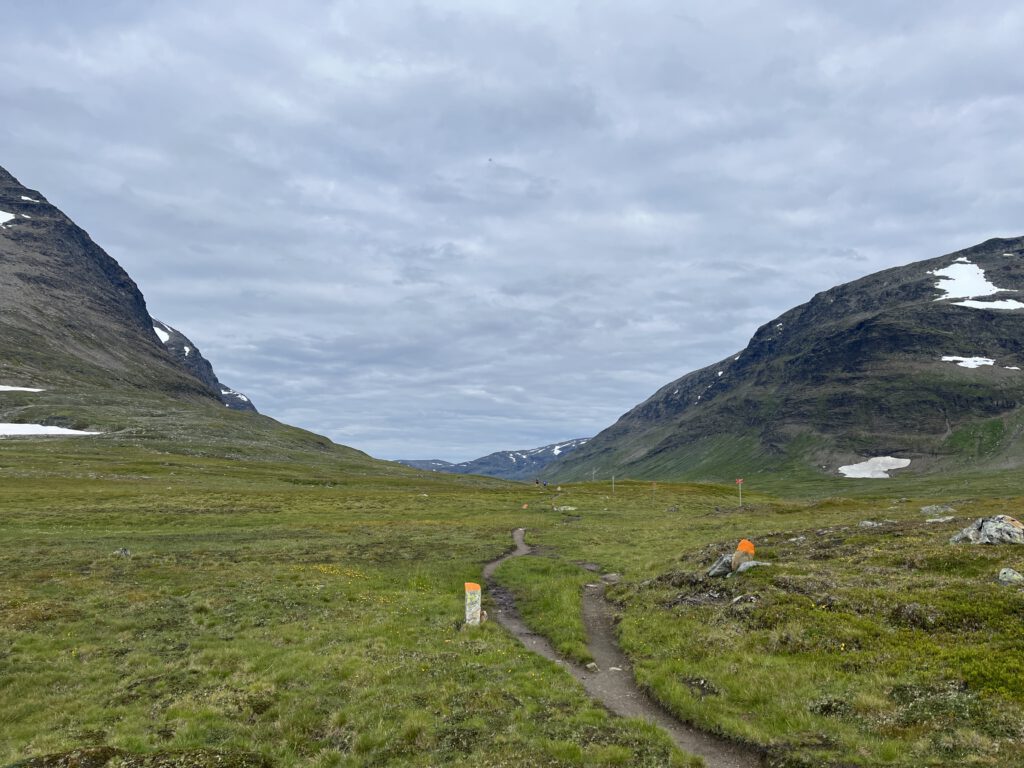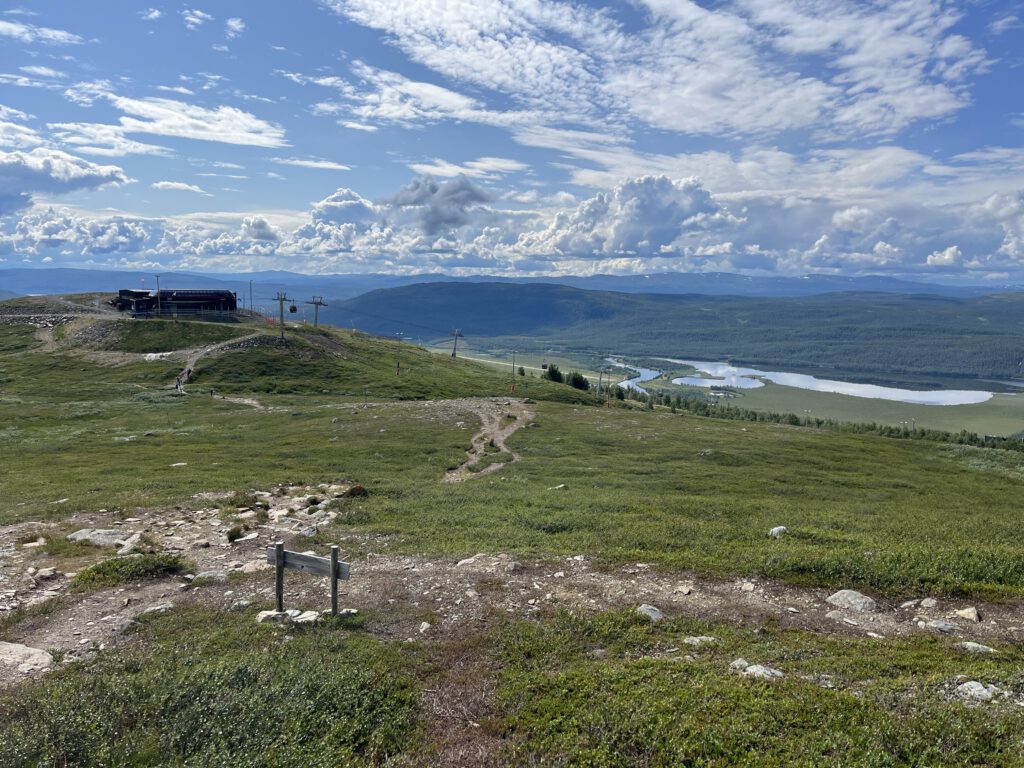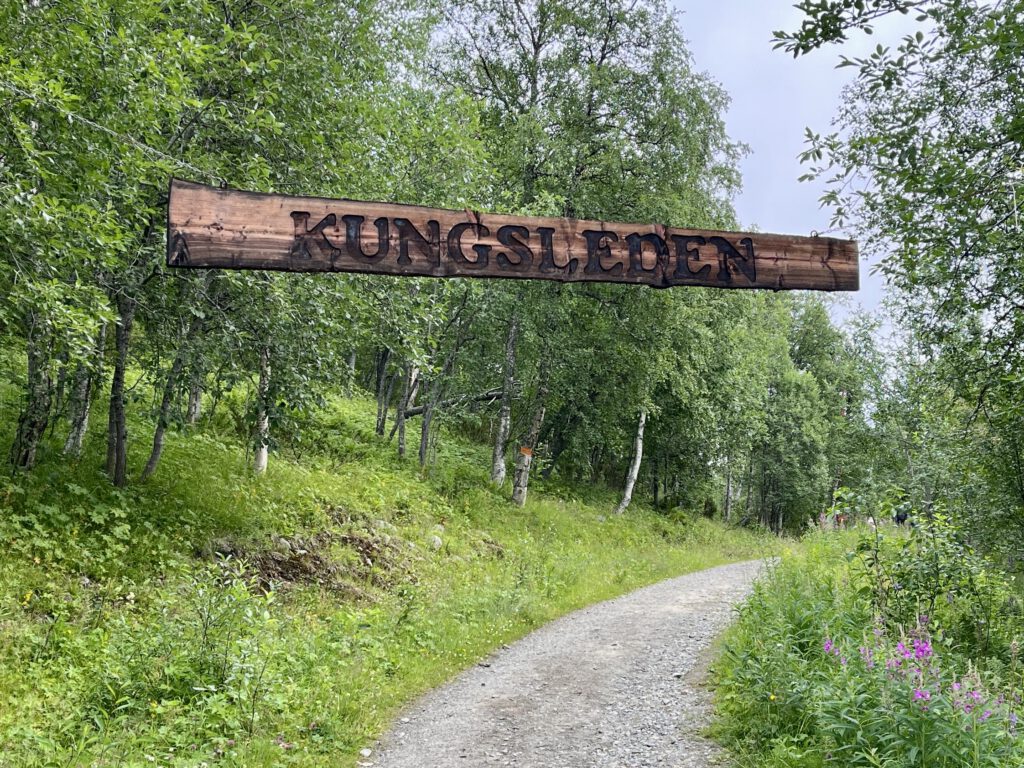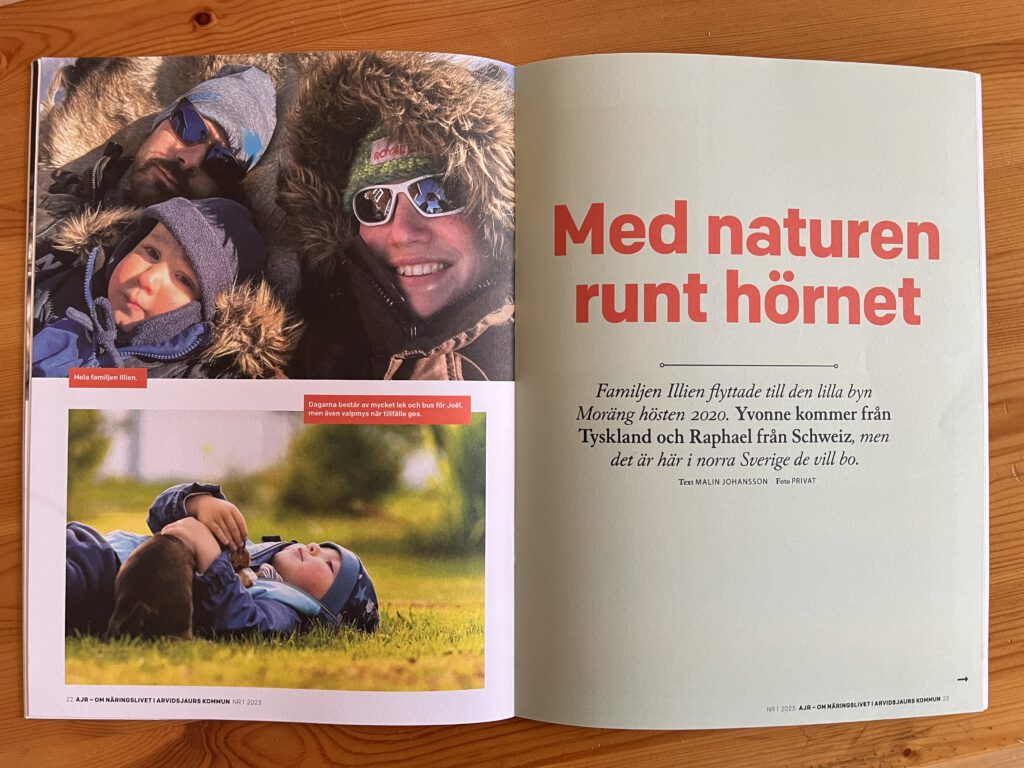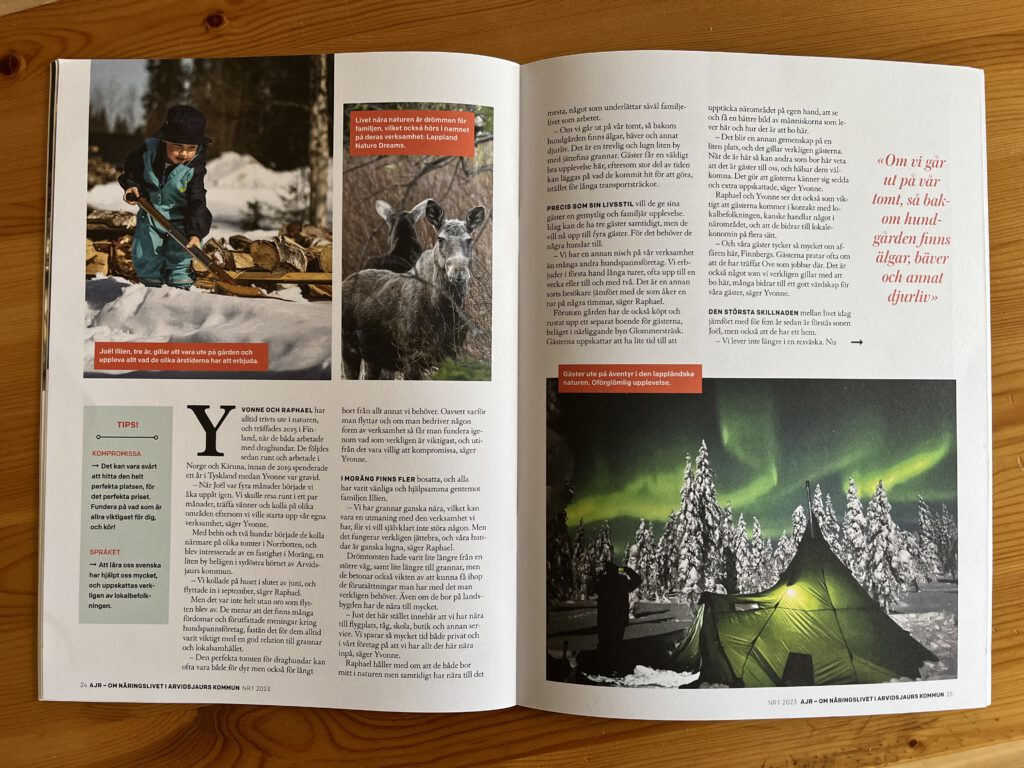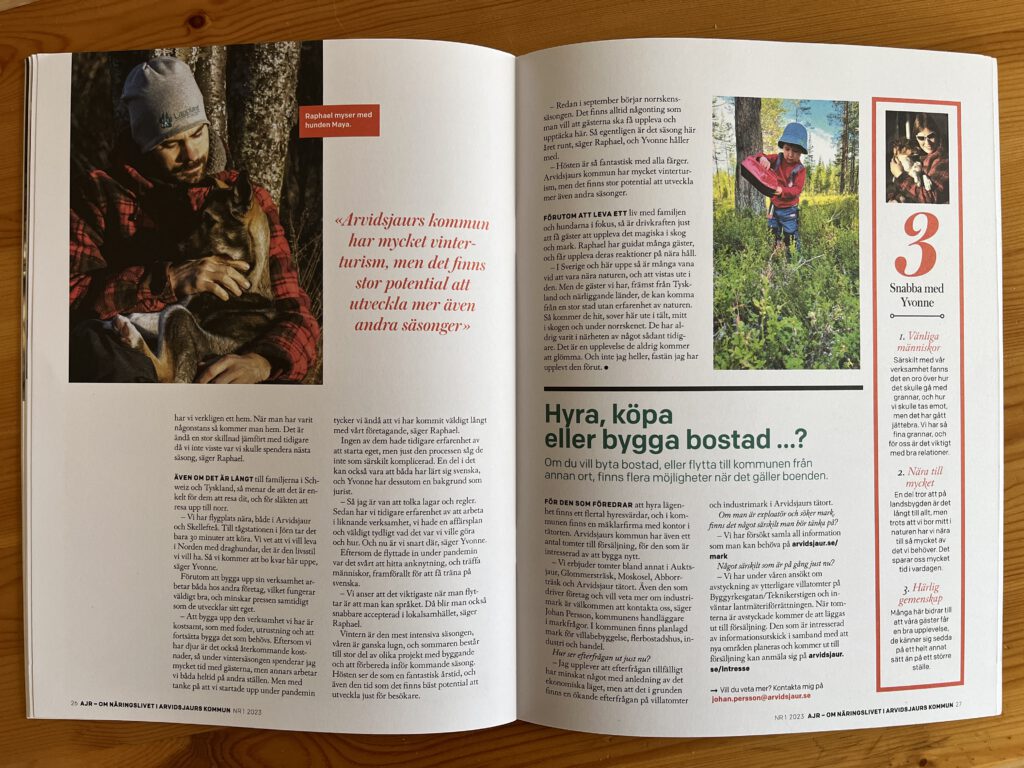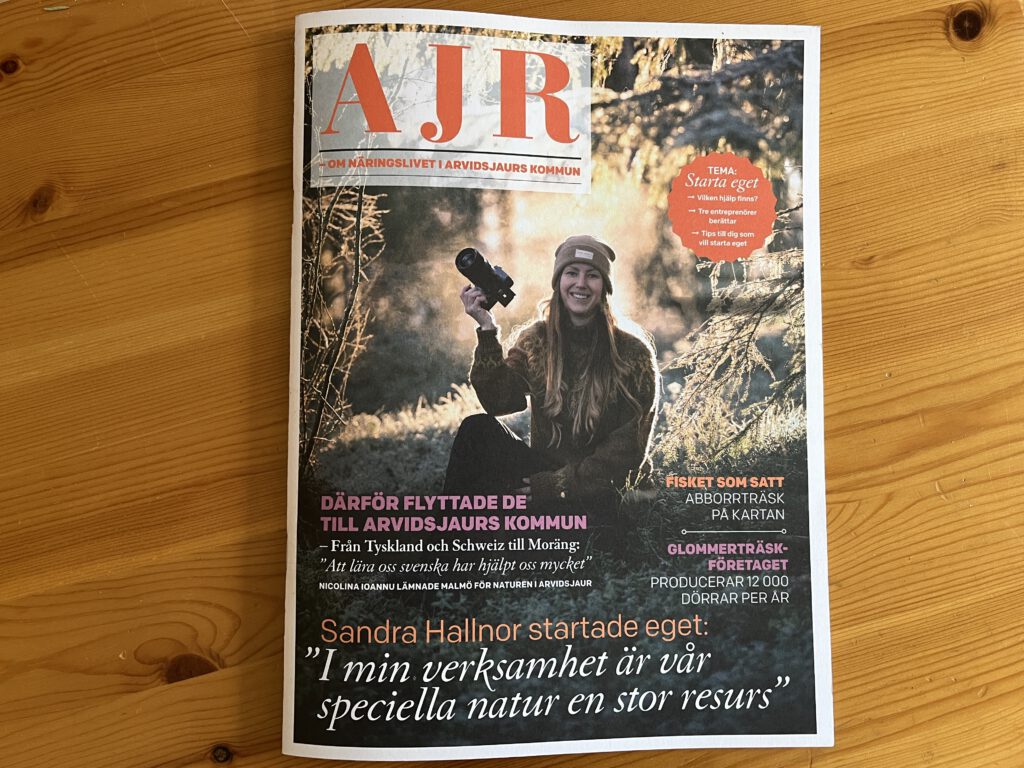
24.05.2025
Spring Update
Have you been wondering when there’ll finally be a new blog post? Or what happened to those promised photos from the Femundløpet? … Yeah, I’ve been wondering too — or rather, not exactly. I actually know why I still owe you all of that.
We’ve been struggling with our website for months. Despite upgrading our storage space, we haven’t been able to upload new photos or create new pages. So, for now, we’ve had to settle for updating the existing pages — mostly dates and schedules — while working hard behind the scenes on a brand-new website. It’ll be hosted on a different server and will hopefully run much more smoothly.
Still, I wanted to give you a little update — even without photos — just so you don’t think we’ve fallen into hibernation 🙈
First of all, our family has grown a bit. At the end of the season, Kenai from Coldnosehuskies joined us. He’s a year and a half old and incredibly affectionate. I had planned to take him straight to the mountains for a trial run, but that didn’t go as planned. After 25 km in a snowstorm, my sled broke — and in such an inconvenient spot that only a makeshift fix was possible. Wrapping it with a tension strap barely counts as a repair 😅. Continuing over icy trails for several more days would’ve risked serious damage to the sled, so we made the tough decision to turn back. Somehow, my mountain trips always seem a bit cursed. At least Raffi got to enjoy a great final tour the week before. Our second new addition came completely unexpectedly. A colleague from the vet clinic shared a photo of a hunting dog puppy (a mix of Laika and Norrbottenspets) in our work chat, saying he urgently needed a new home. Raffi wasn’t home, so I forwarded him the picture — and it took him all of two seconds to reply. I followed up with a call to my colleague to find out more. At the time, the puppy was four months and one week old and had already been through three homes after leaving the breeder. None of them could provide the proper care or activity his breed needs. Can you imagine that? A little, innocent pup being passed around like that so early in life? It was clear to us that he finally deserved a real home. The very next day, he moved in with us. We named him Enzo — it’s easier to call out than his original name. Despite everything, Enzo has been incredibly sweet from the start. But he also showed behaviors clearly shaped by the insecurity and instability he’d experienced. He’s now been with us for two and a half weeks — and he’s truly settled in. He knows he’s found his home and that he can rely on his people — on us. He’s grown a lot physically, hit a big developmental leap, and is currently going through teething. We also started scent training with him right away — tracking moose, which isn’t hard when they regularly pass by. And he’s doing great. He gets along well with the other dogs, and conveniently, Laikas can also run in front of the sled. So Enzo will not only join us on hunts, but also come along on some sledding adventures 🥰
What else is new? A whole bunch of building projects… Should I give you the scoop already? Well, since I can’t post teaser pictures for you to guess, here’s a quick rundown: We’re expanding the kennel a bit. Two more dog runs are being added so we have enough space, especially as the number of senior dogs naturally increases. We’re also installing a training wheel, which allows us to train the dogs even when the trails are too muddy or icy to use the quad or training cart safely without damaging the terrain. And we haven’t forgotten about our guests! We’re setting up two camper van spaces so you’ll have the option to stay right next to the kennel during the summer — a great alternative to the guesthouse. Plus, we’re adding a wellness area with a sauna and hot tub, right beside the dogs. Honestly, it doesn’t get much better than that 😃
Feeling like it’s time for a visit? Get in touch! Our winter tours for the 2025/2026 season are now online, and there’s plenty to experience in summer and autumn too. For a taste of winter, check out our Instagram or Facebook. We recently posted a video filmed by our friend Markus (Markus Casutt Photography) at the end of January and early February. He’s now busy editing — alongside a short promo video, there’ll also be a longer documentary about our life with sled dogs. Huge thanks to Markus for the amazing footage!
